Carrara Marble's Timeless Appeal: Designers Revive Classic Stone for Modern Spaces

Carrara marble, a material revered since antiquity, is experiencing a significant resurgence in contemporary design. While vibrant, colorful stones have recently captured attention, the classic black-and-white palette of marble is proving its enduring allure. Designers are rediscovering its power to create both bold statements and timeless elegance, integrating it into a variety of modern interiors.
Key Takeaways
- Black-and-white marble, including Carrara, offers a powerful high-contrast aesthetic that remains eternally captivating.
- Designers are reinterpreting traditional patterns like checkerboards with contemporary twists, using varied shapes and sizes.
- The material's versatility allows it to be used in everything from flooring and vanities to accent walls.
- Engineered materials are also drawing inspiration from classic marble looks, offering durable alternatives.
The Enduring Power of Black and White
For centuries, black and white marble has been a cornerstone of architectural and interior design, from ancient Roman structures to the floors of Pompeii. Today, designers like Lyndsey Belle Tyler of ABC Stone note that while bold, colorful marbles are used for dramatic effect, the fundamental appeal of black and white remains. "It's endlessly captivating, and it can be big and bold too," Tyler explains, referencing its use in ancient Greek geometric patterns.
Modern Interpretations of a Classic
Contemporary designers are breathing new life into traditional marble applications. Claudia Afshar, an interior designer based in Los Angeles, has moved beyond the classic checkerboard. She recently created a striking bathroom floor using two different sizes of rectangular tiles made from Mercury black and Oriental white marble, offering a timeless yet more dynamic look. This approach demonstrates how classic materials can be adapted for a modern sensibility.
Versatility and Inspiration
The high-contrast nature of black and white marble creates a powerful visual impact. As Tyler puts it, "white is the absence of all color, and black is the presence of all color. So together you get something powerful." This inherent strength makes it suitable for a wide range of applications. Morris Adjmi, a New York-based architect, frequently uses white marble vanities against black-tiled walls or incorporates white marble mosaic floors bordered by black marble patterns. He also notes the subtle variations in natural stone, where white can have gray undertones and black can lean towards brown, which can be harmonized with other elements like wood or concrete for a fresher feel.
Beyond Natural Stone
The appeal of classic marble patterns has also influenced the development of engineered solid surface materials. Claudia Afshar's Ukiyo collection for Cosentino, for instance, includes deep charcoal and Calacatta-inspired white hues. Similarly, Cambria's executive vice president of design, Summer Kath, highlights dramatic quartz slabs like Bentley, which feature a white background with black lines, as perennial favorites. Kath draws a parallel to fashion, where black and white pieces are timeless staples that can be styled in numerous ways, making them ideal for kitchens and other spaces.
A Foundation for Design
Ultimately, the enduring appeal of black and white marble lies in its fundamental nature. Morris Adjmi describes it as "good and evil, chiaroscuro," representing essential aspects of human experience. Whether used to create a formal, modernist, or relaxed ambiance, this classic combination transcends fleeting trends, offering a design foundation that is both sophisticated and eternally relevant.

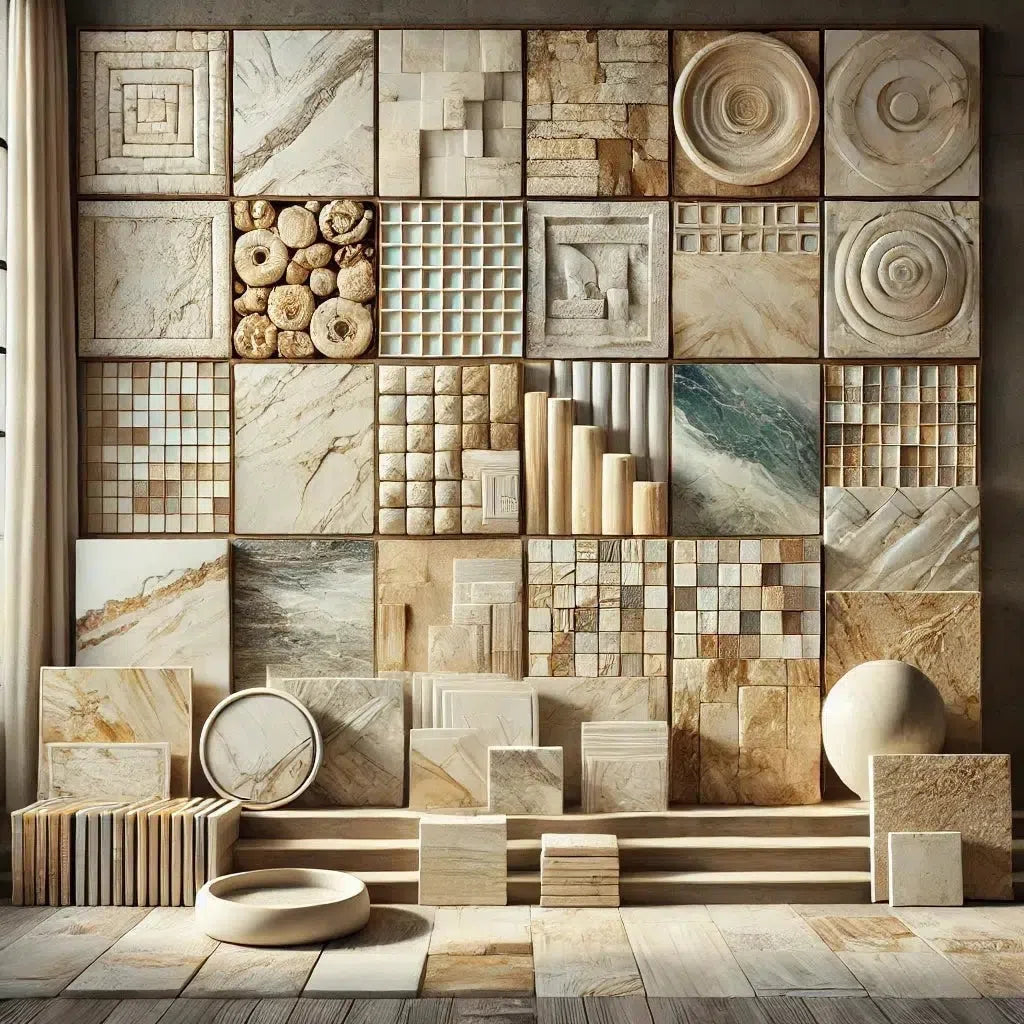 Best Selling Marble Collections
Best Selling Marble Collections
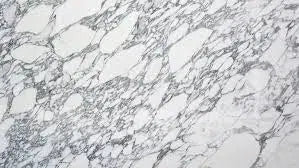 Arabescato Corchia
Arabescato Corchia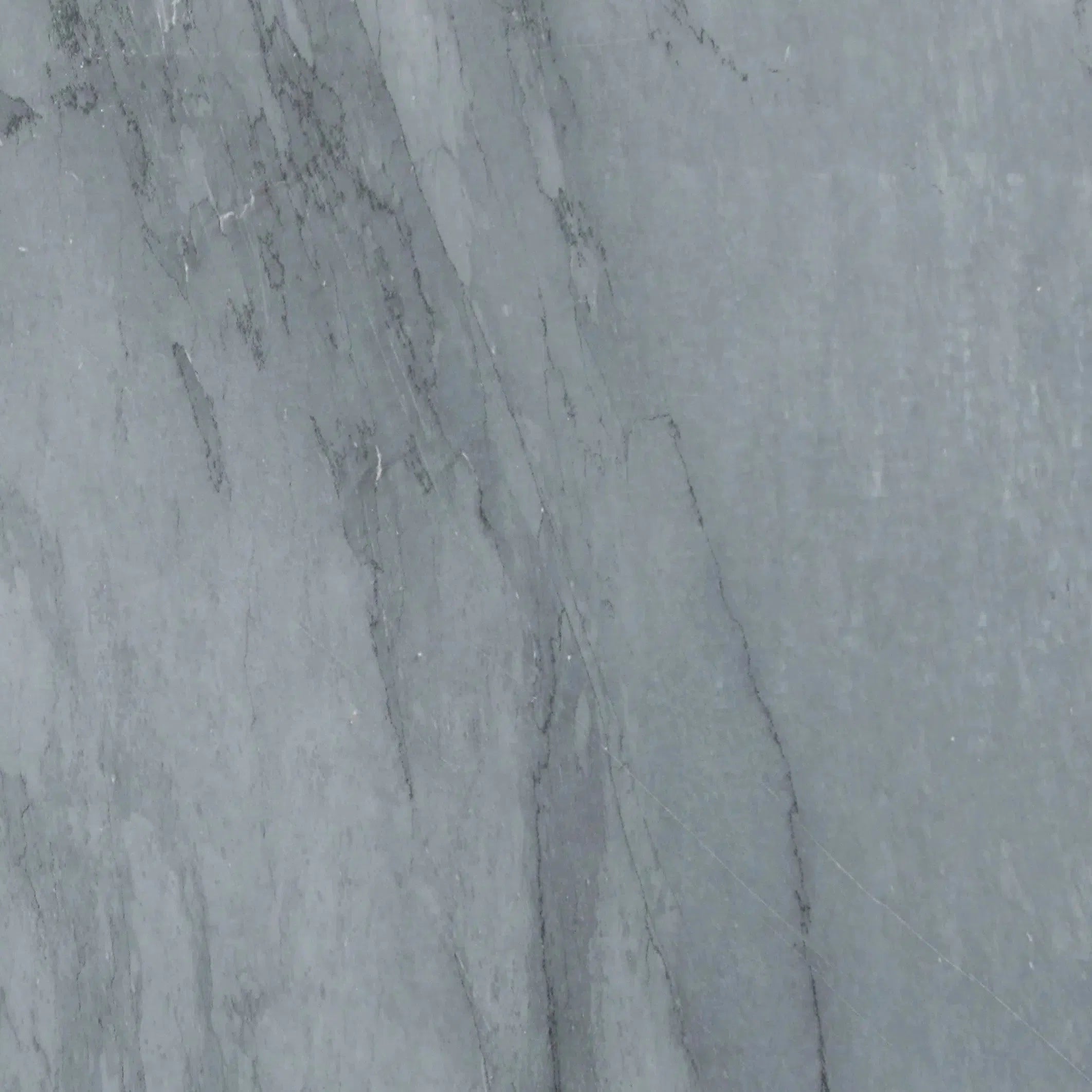 Bardiglio
Bardiglio Bianco Dolomite
Bianco Dolomite 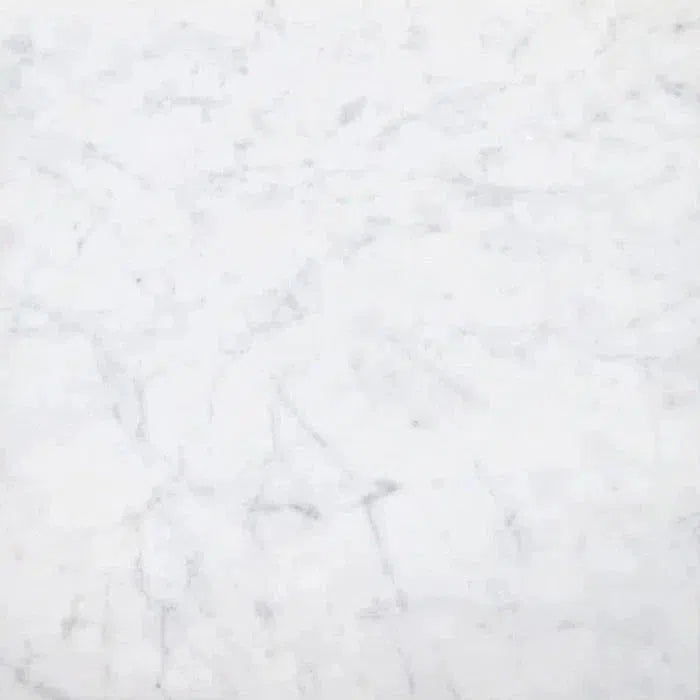 Carrara White
Carrara White 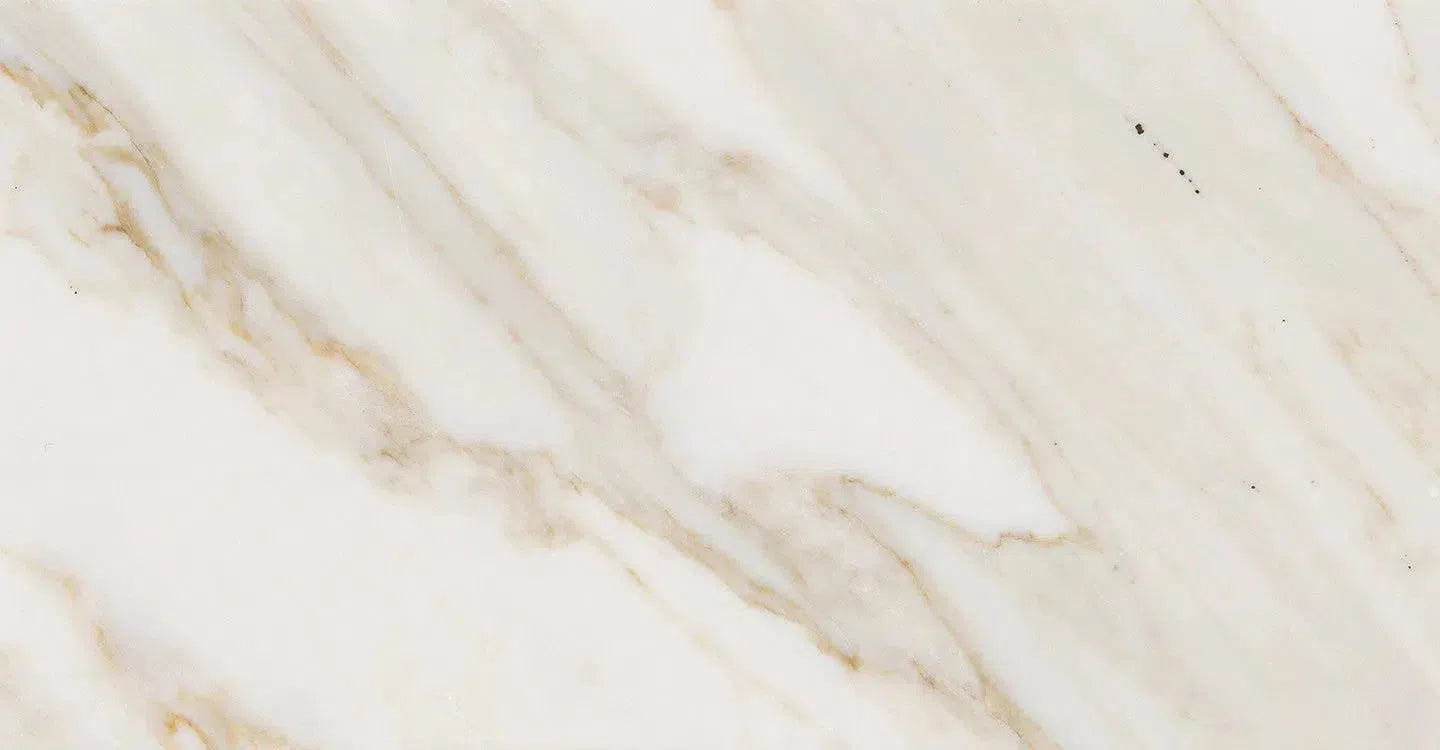 Calacatta Gold
Calacatta Gold Crema Marfil
Crema Marfil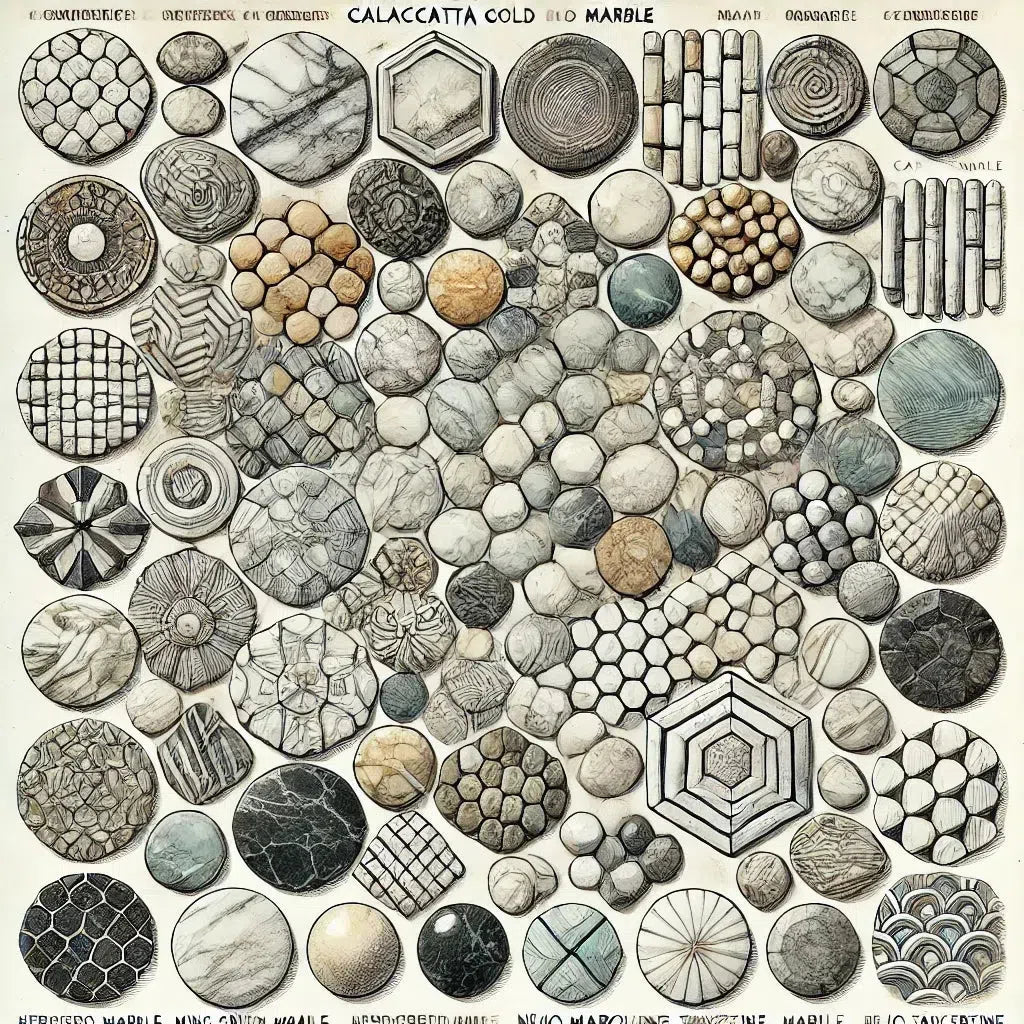 Custom Made Mosaic
Custom Made Mosaic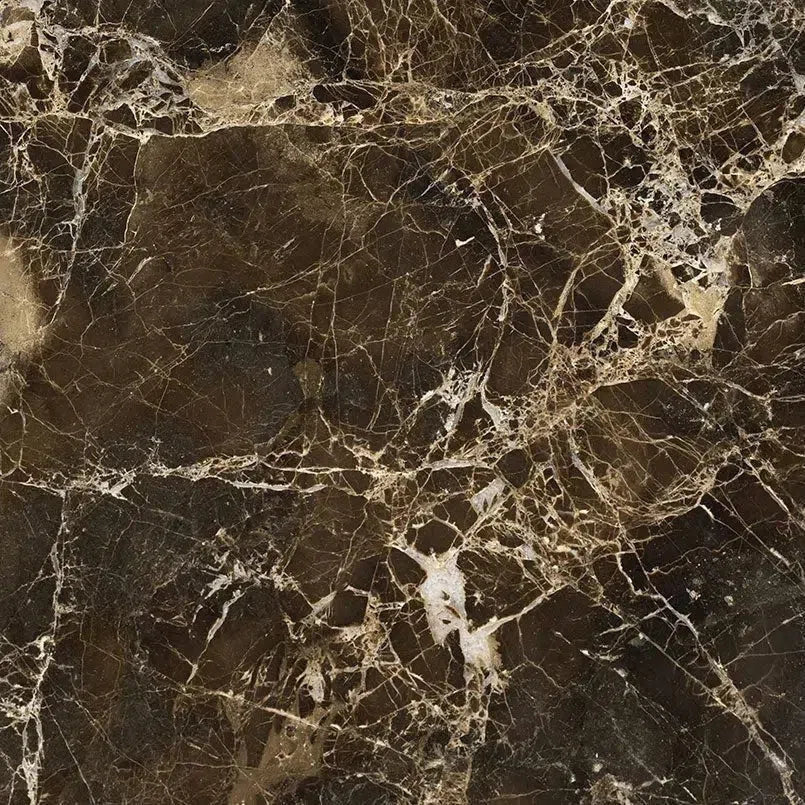 Emperador Dark
Emperador Dark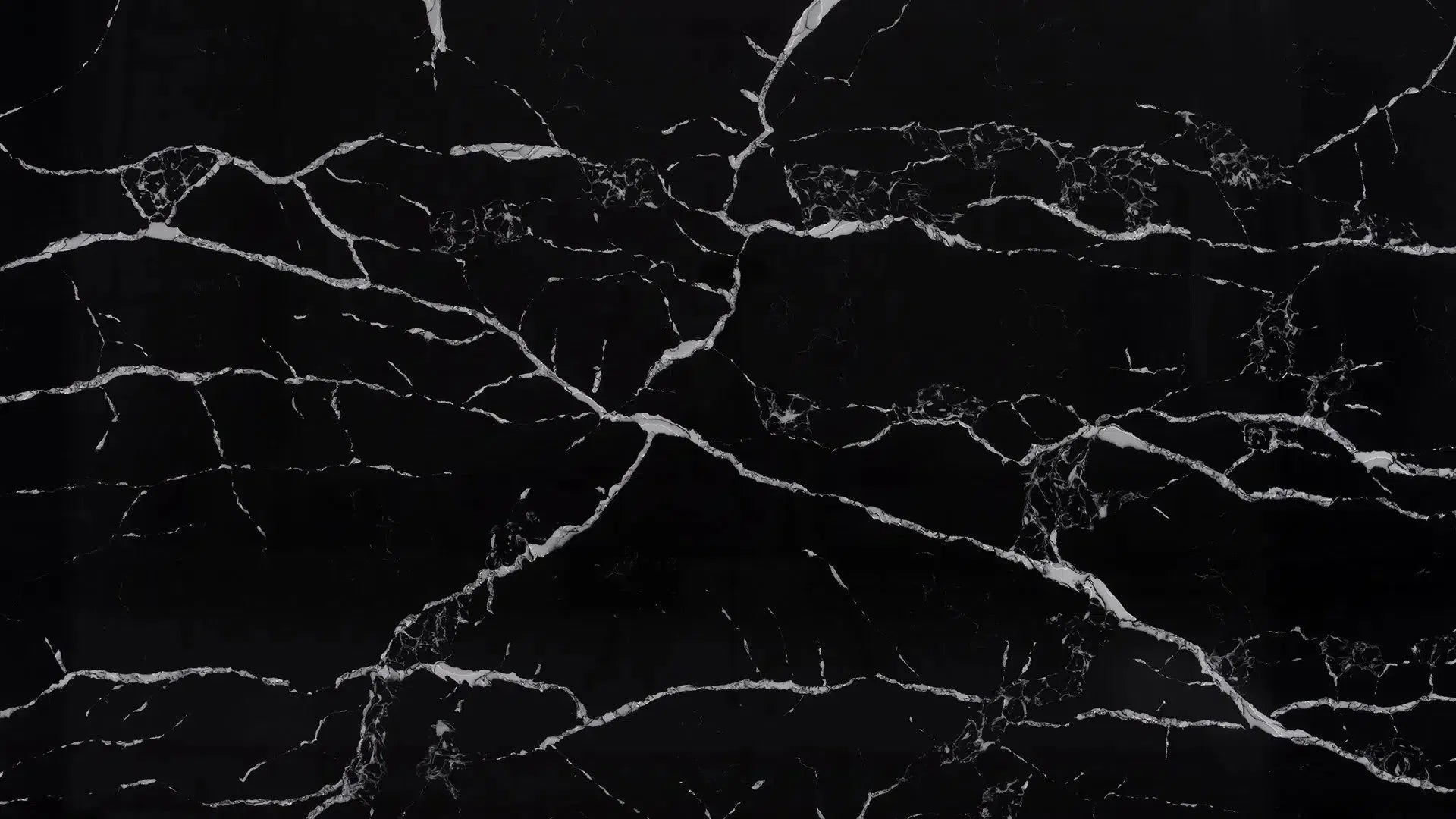 Nero Marquina
Nero Marquina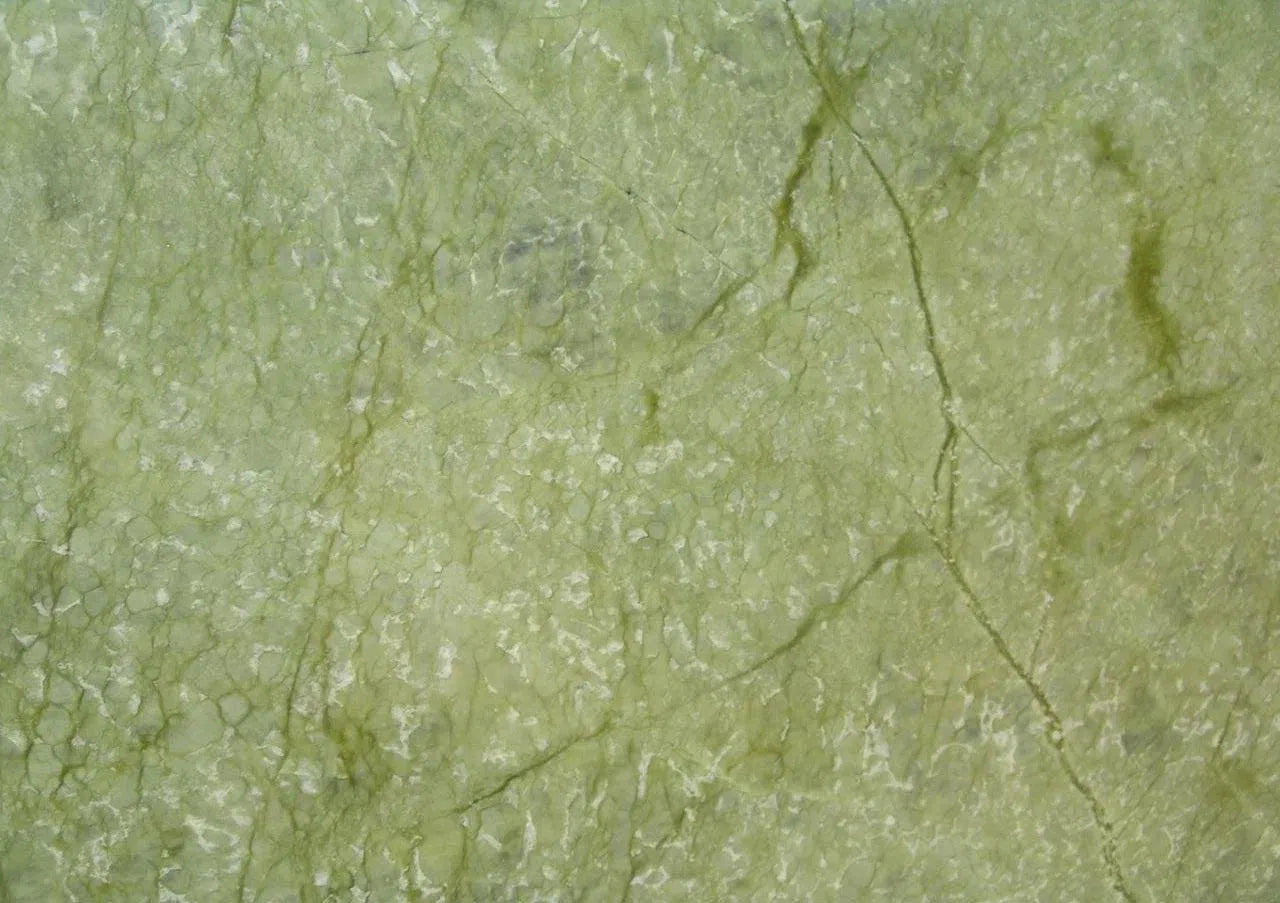 Ming Green Marble
Ming Green Marble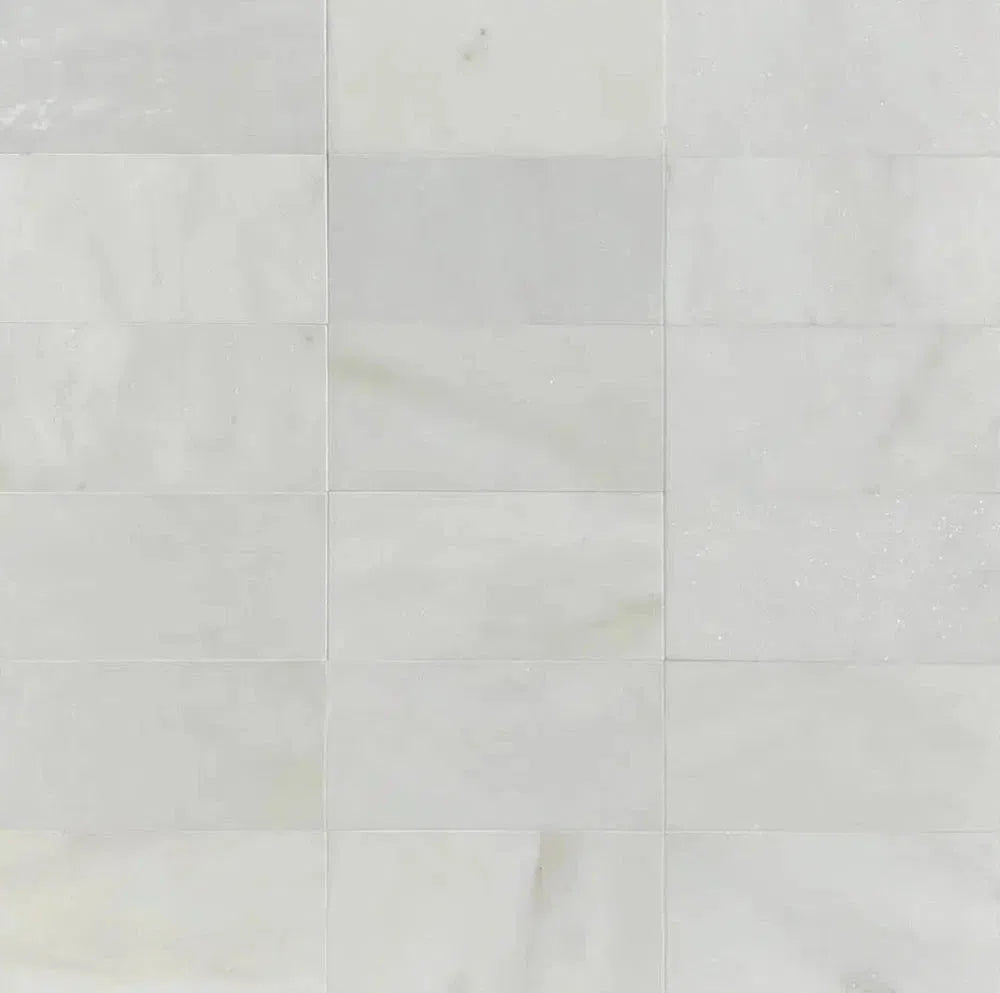 Oriental White Marble (Asian Statuary Marble)
Oriental White Marble (Asian Statuary Marble)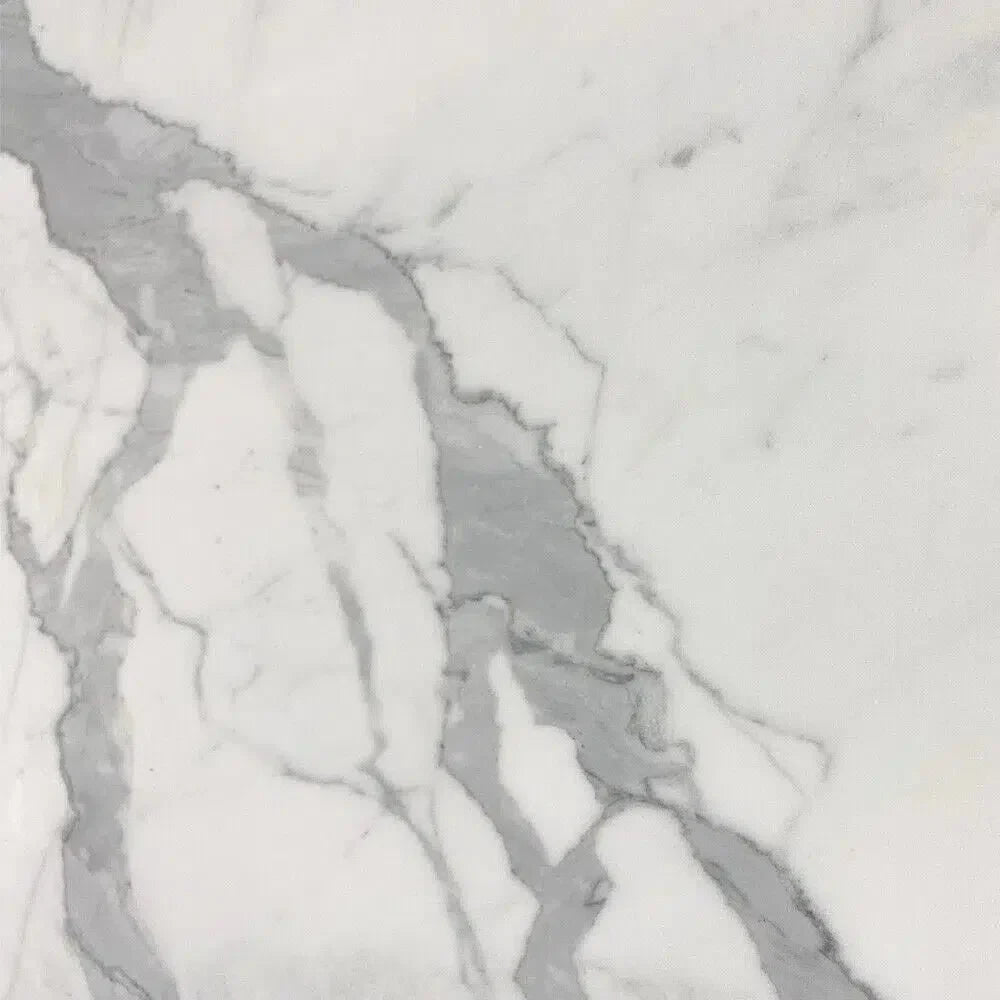 Statuary - Statuario White (Italian) Marble
Statuary - Statuario White (Italian) Marble Thassos White
Thassos White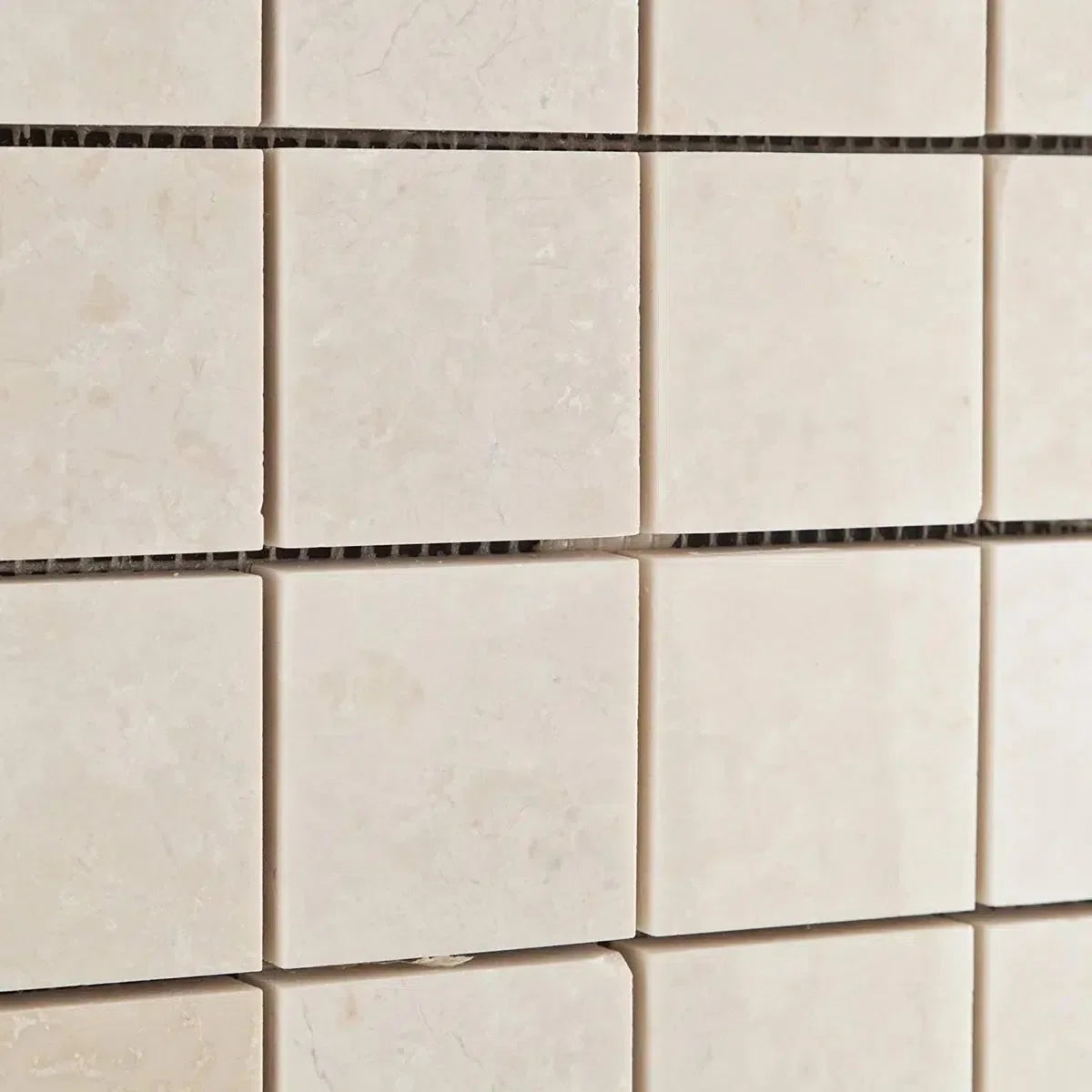 White Pearl/Botticino Beige Marble
White Pearl/Botticino Beige Marble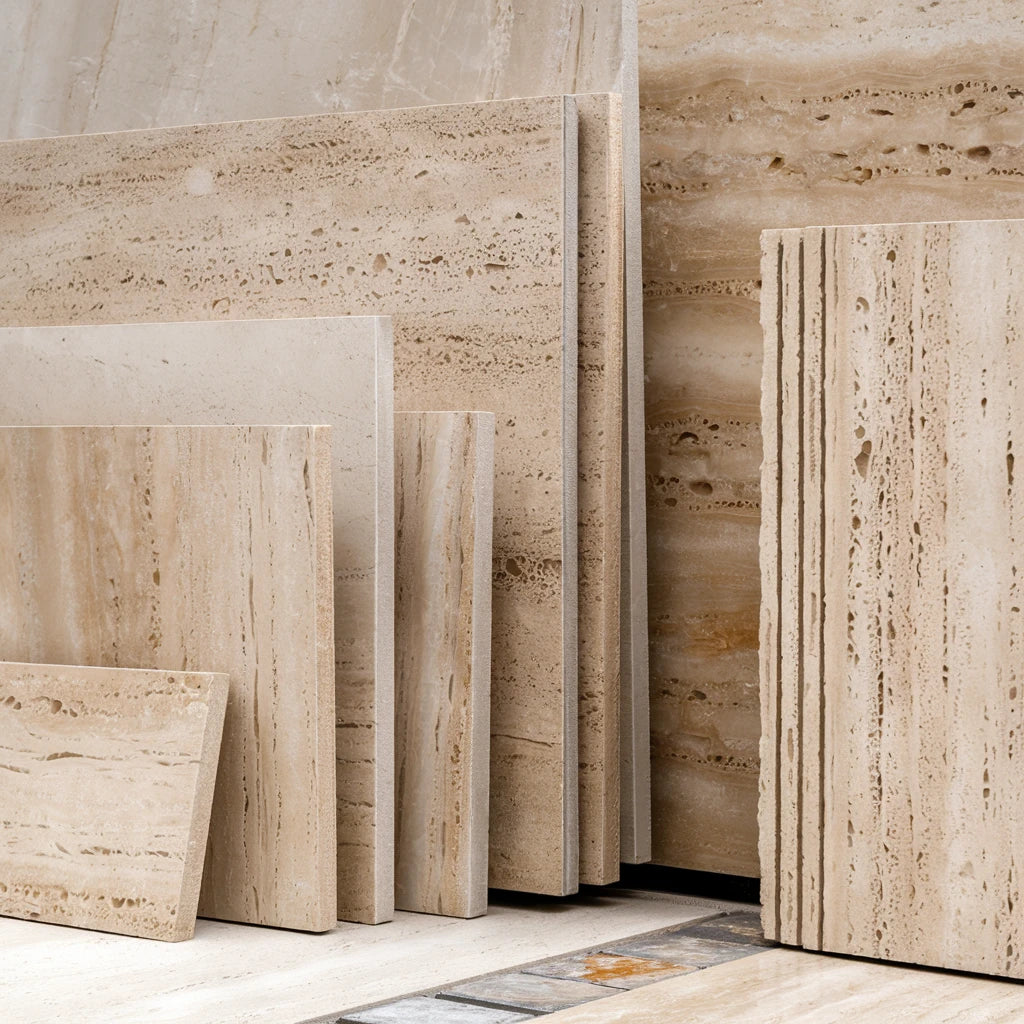 Best Selling Travertine Collections
Best Selling Travertine Collections
 Ivory Travertine
Ivory Travertine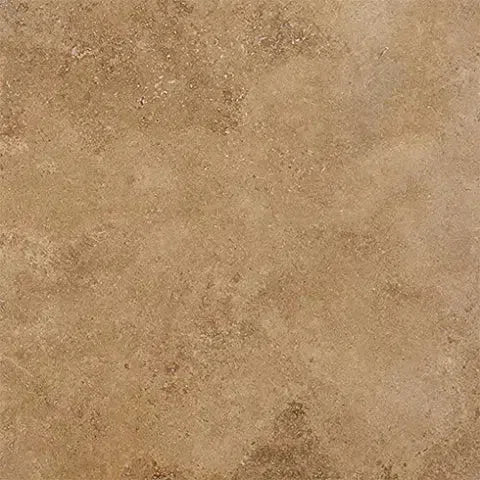 Noce Travertine
Noce Travertine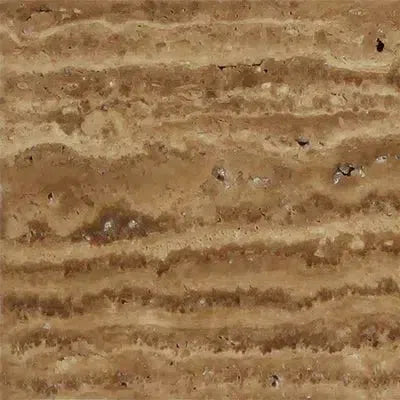 Exotic Noce Travertine
Exotic Noce Travertine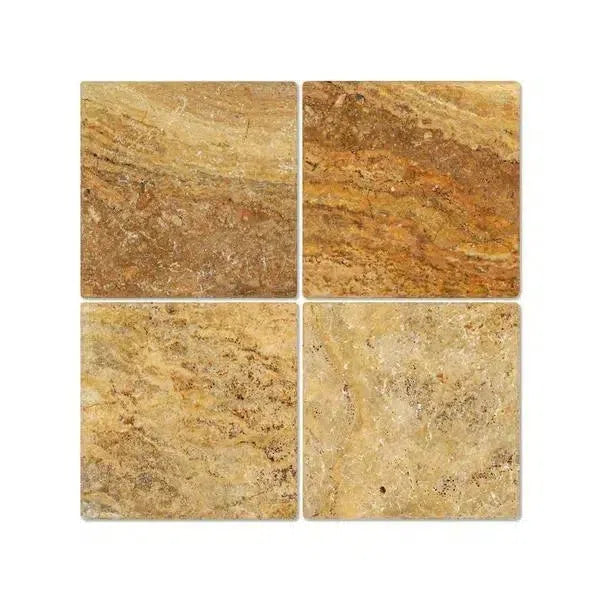 Scabos | Autumn Leaves Travertine
Scabos | Autumn Leaves Travertine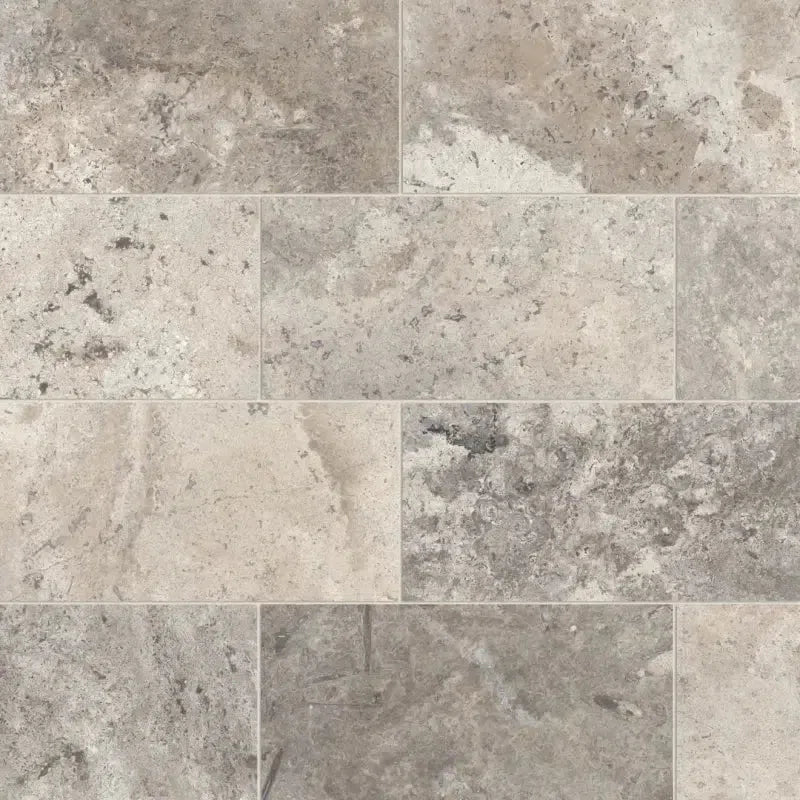 Silver Travertine
Silver Travertine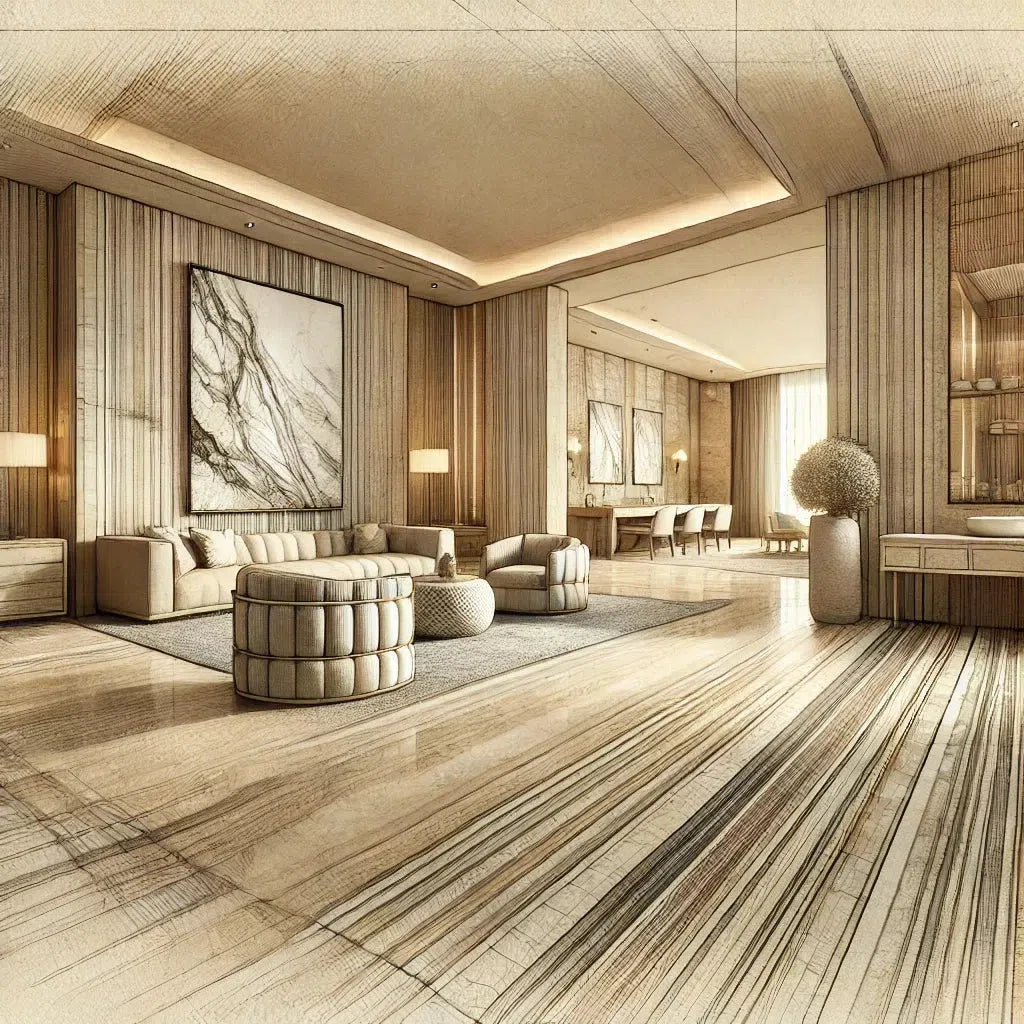 Exotic Travertine
Exotic Travertine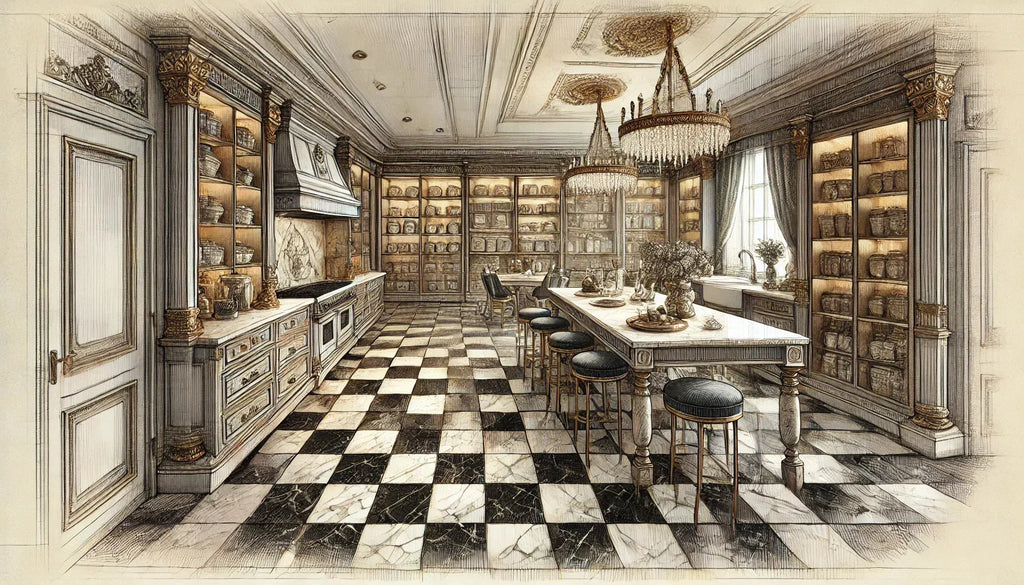 Checkerboard
Checkerboard
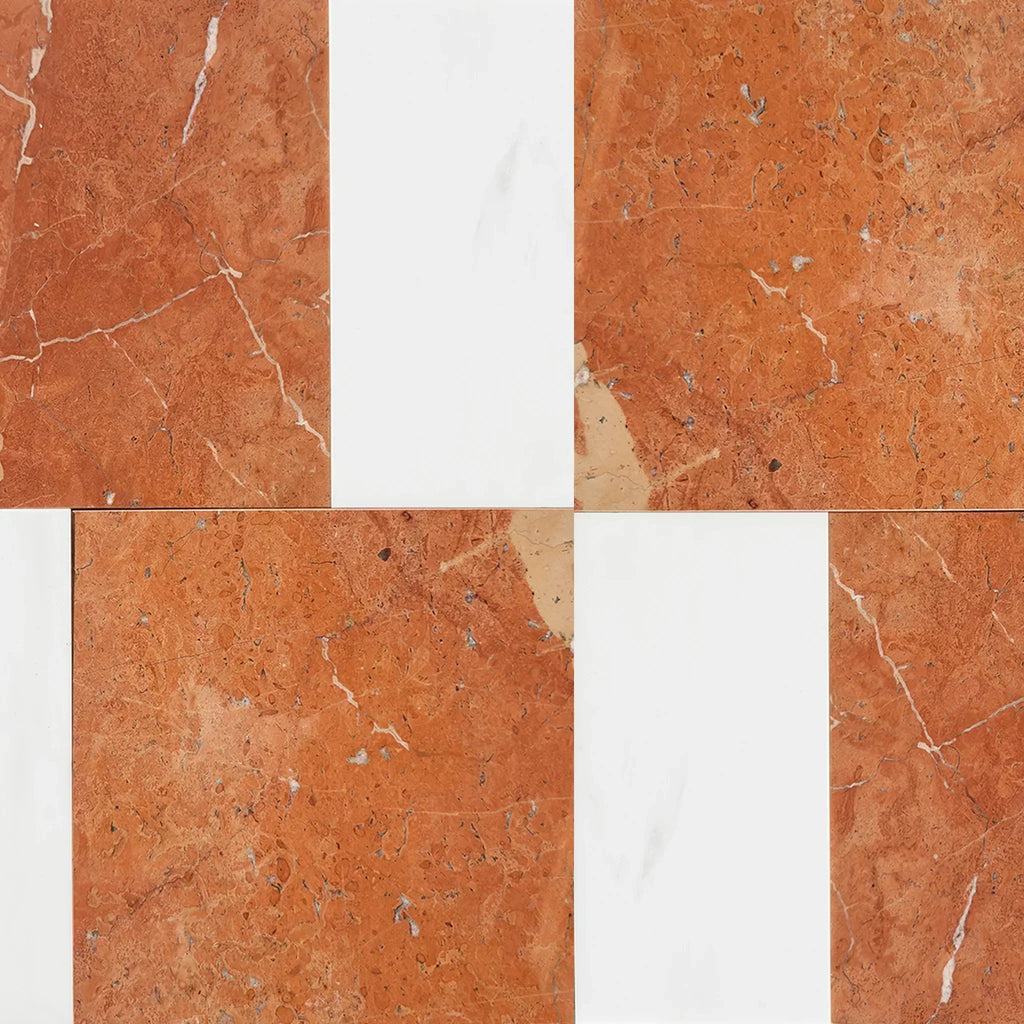 Patterned Tile
Patterned Tile
 Shop By Material
Shop By Material
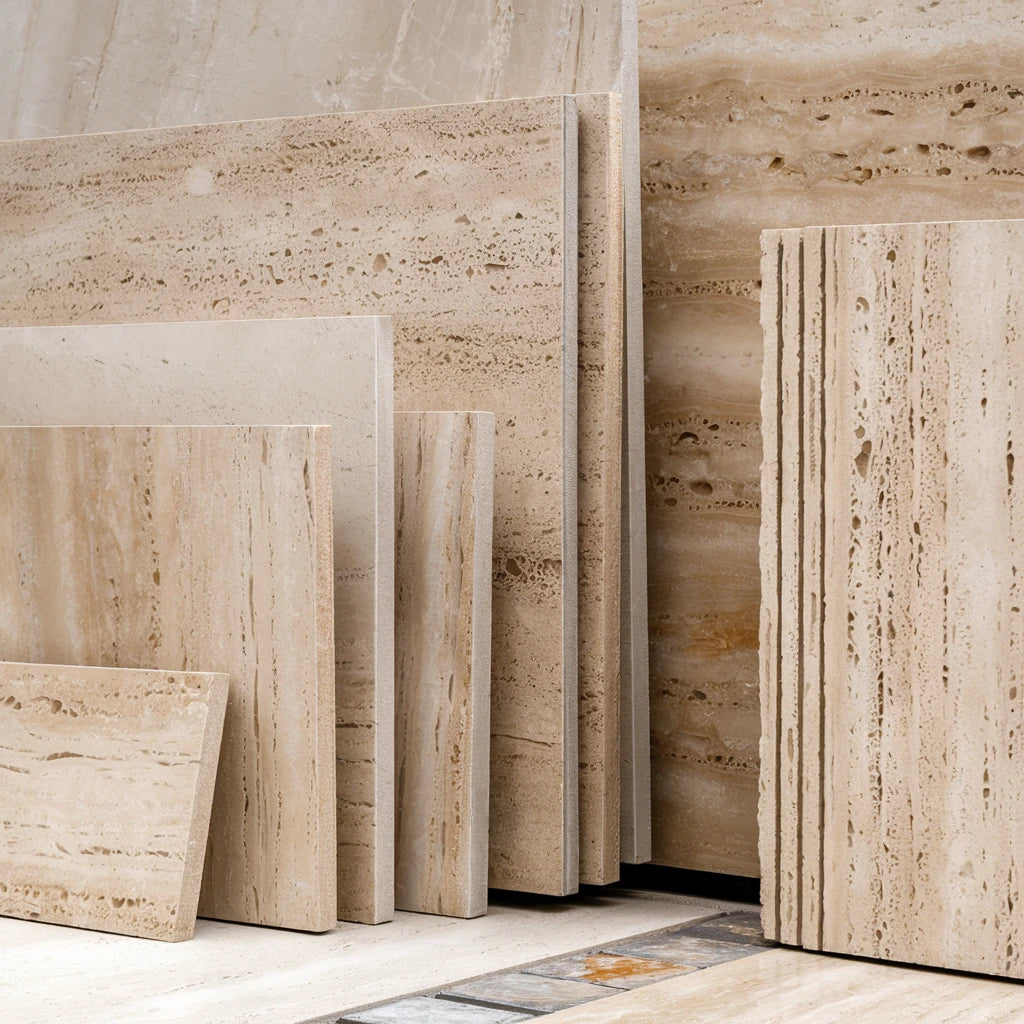 Travertine
Travertine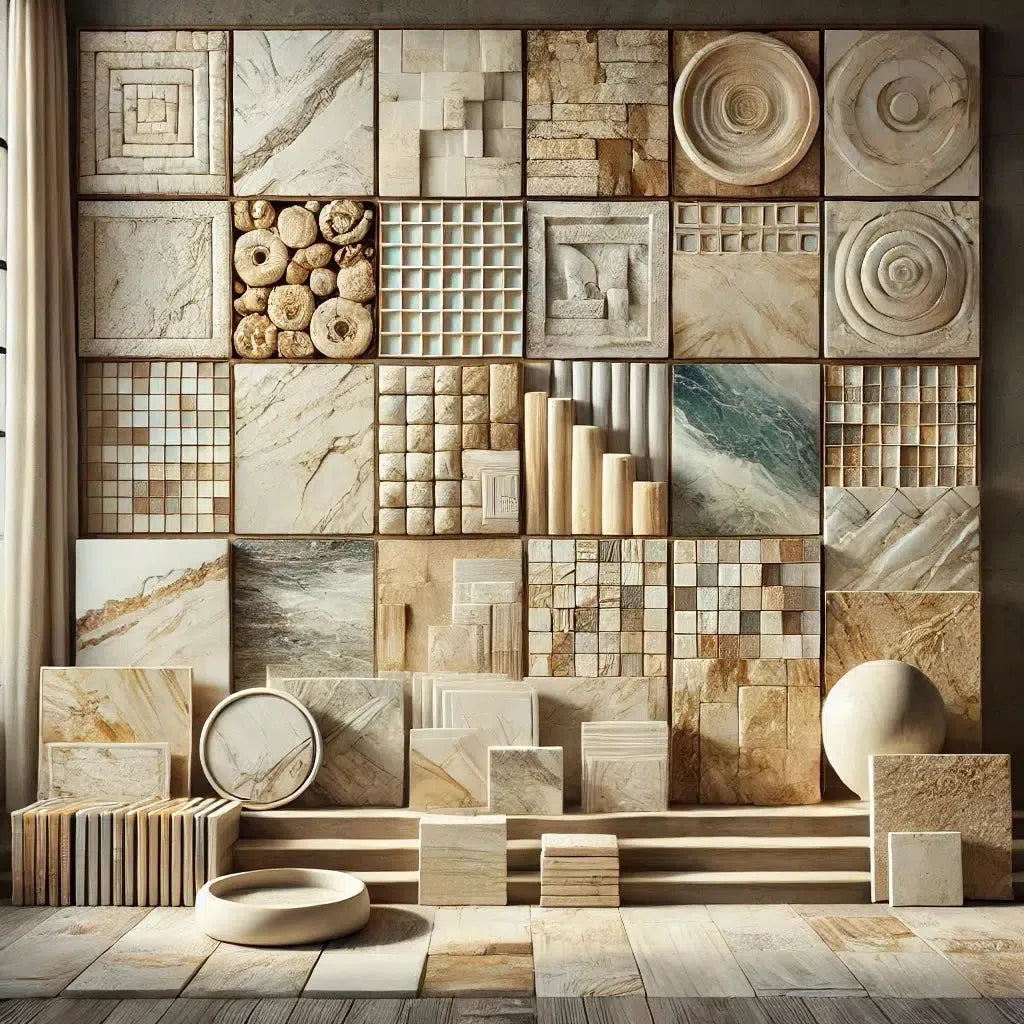 Marble
Marble Limestone
Limestone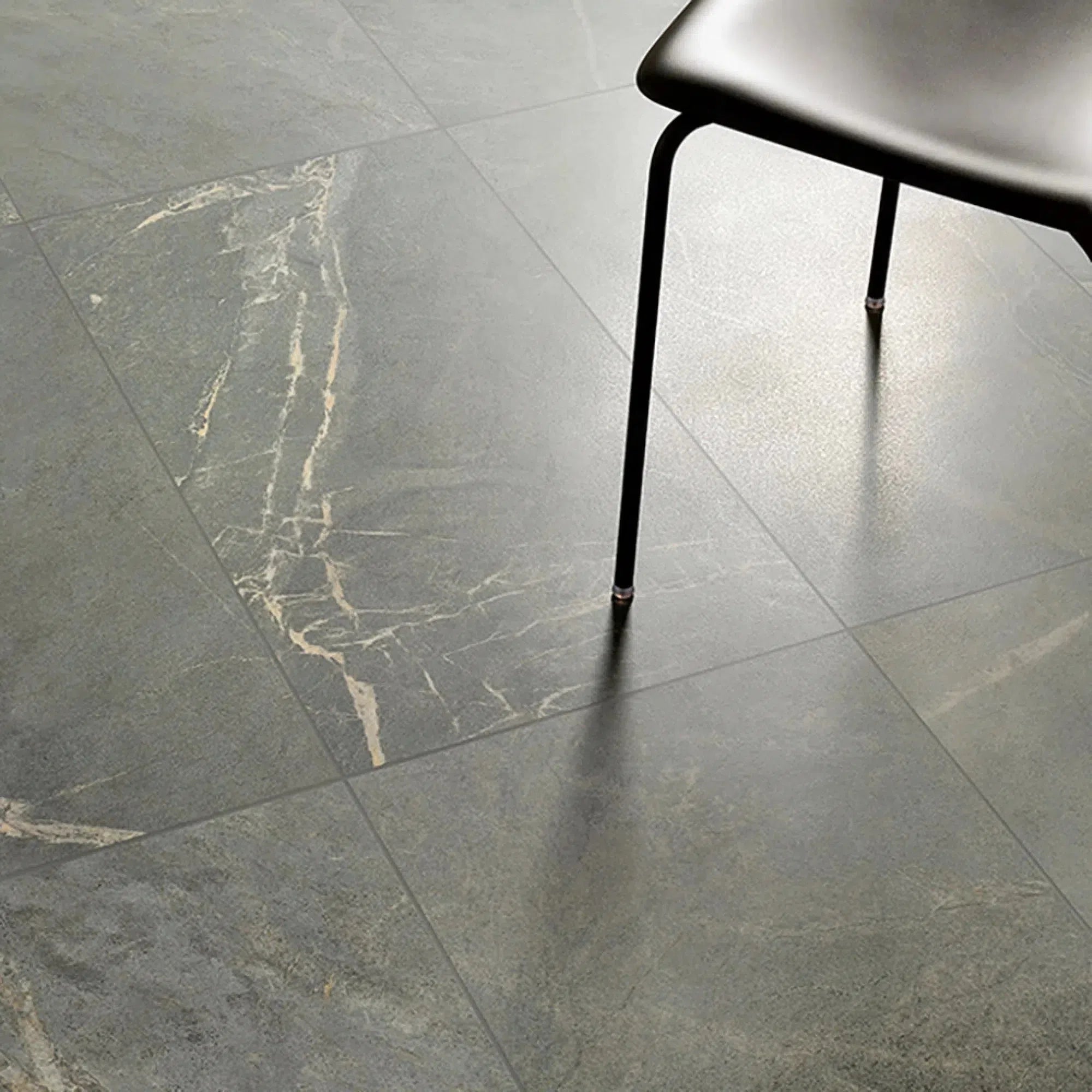 Soap Stone
Soap Stone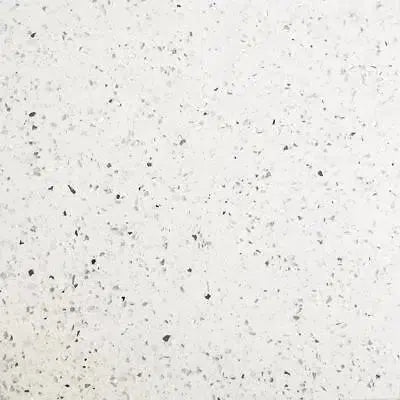 Quartz
Quartz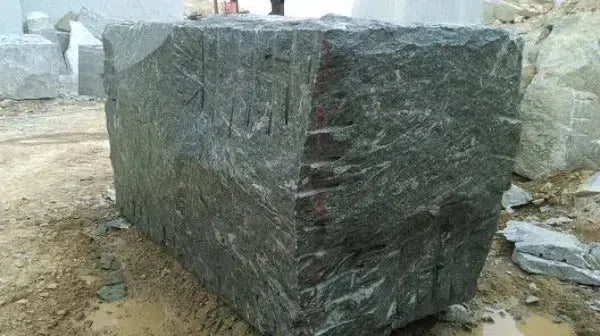 Granite
Granite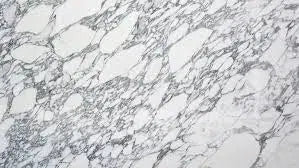 Shop By Name
Shop By Name
 Absolute Black Granite
Absolute Black Granite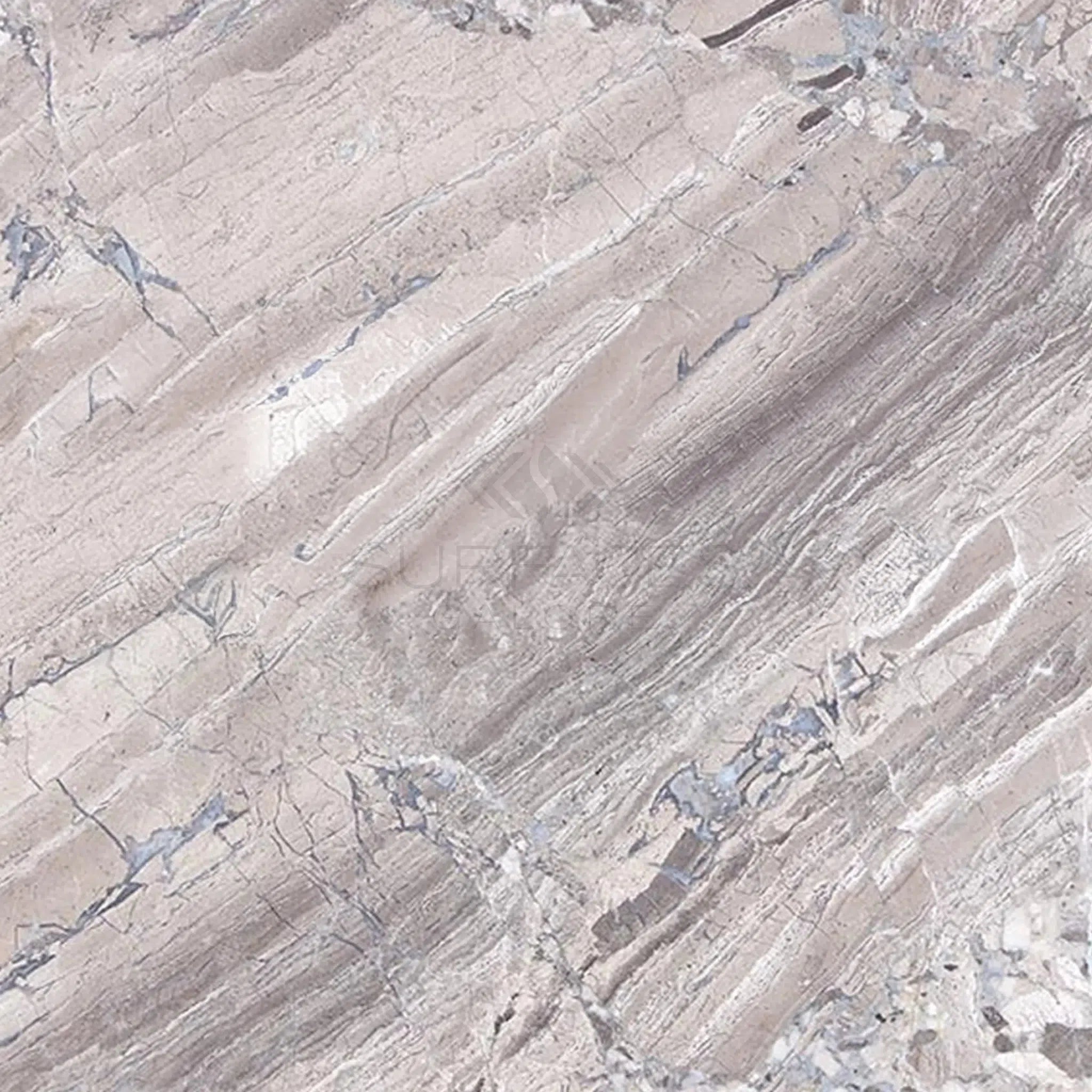 Atlantic Gray Marble
Atlantic Gray Marble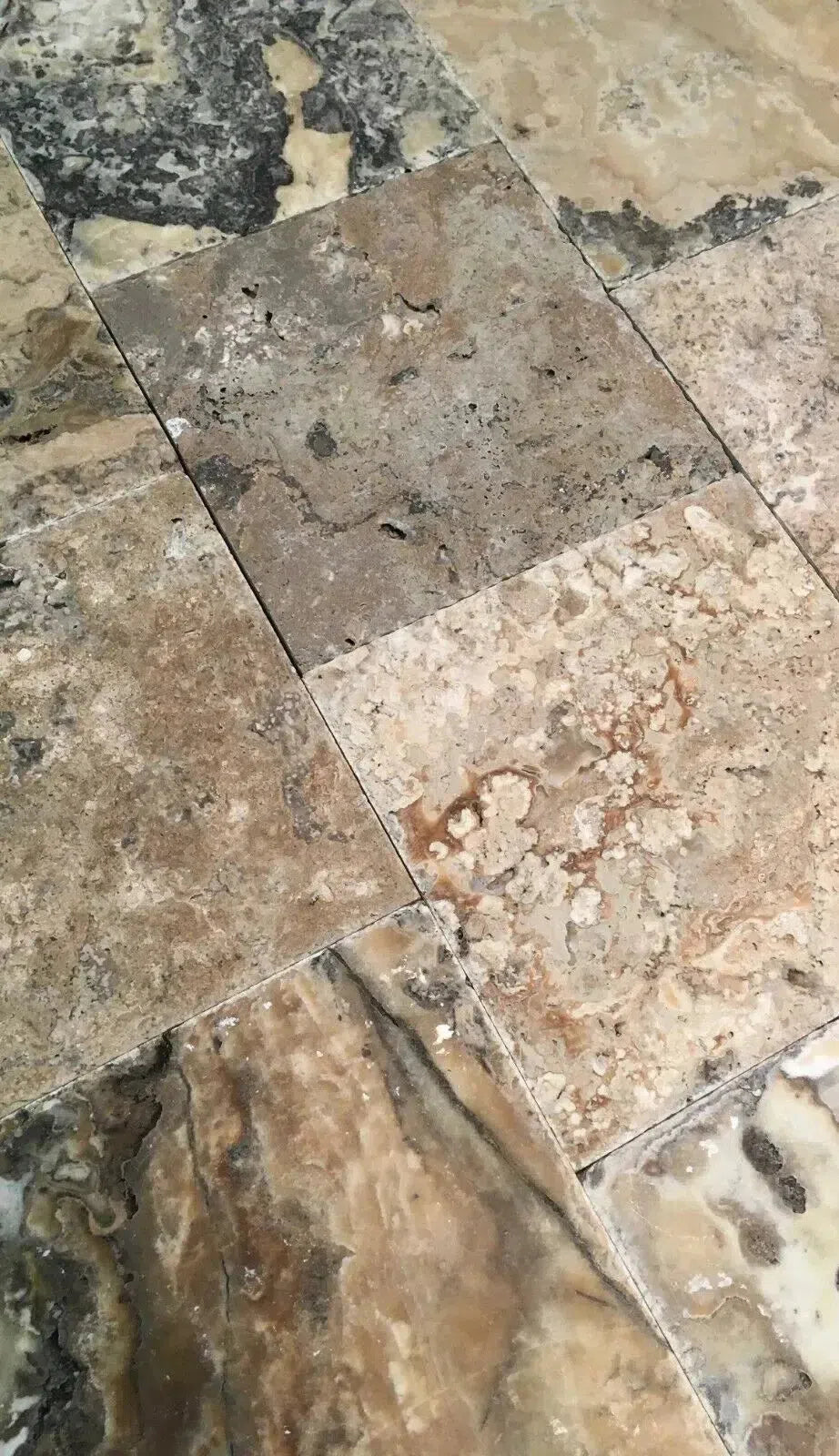 Antico Onyx Travertine
Antico Onyx Travertine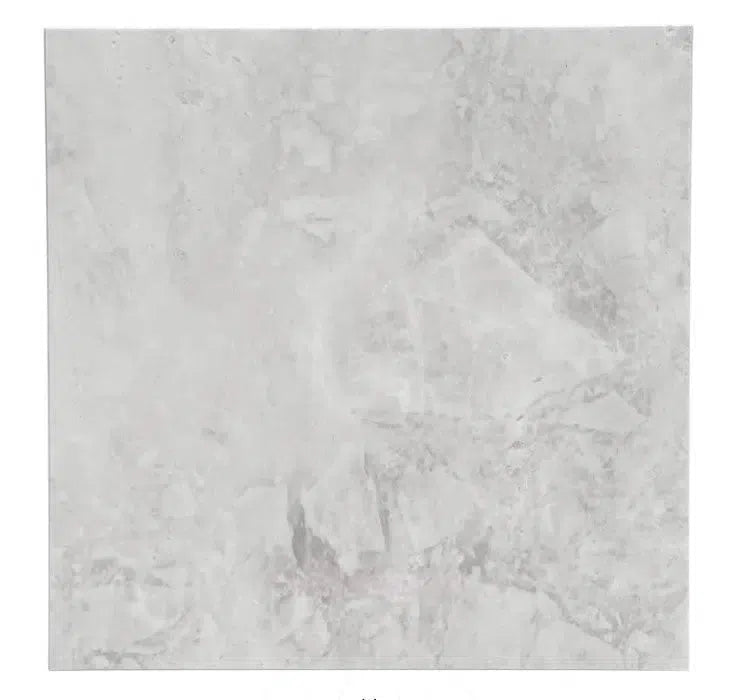 Bianco Congelato Dolomite
Bianco Congelato Dolomite Bianco Venatino (Bianco Mare) Marble
Bianco Venatino (Bianco Mare) Marble Calacatta Verde Royale Marble
Calacatta Verde Royale Marble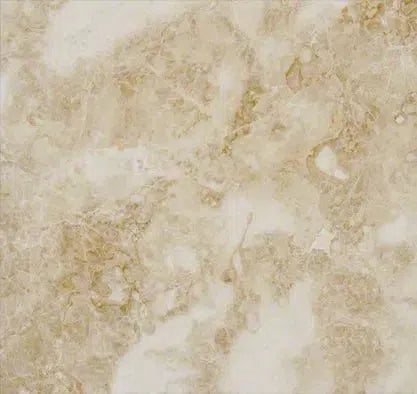 Cappuccino Marble
Cappuccino Marble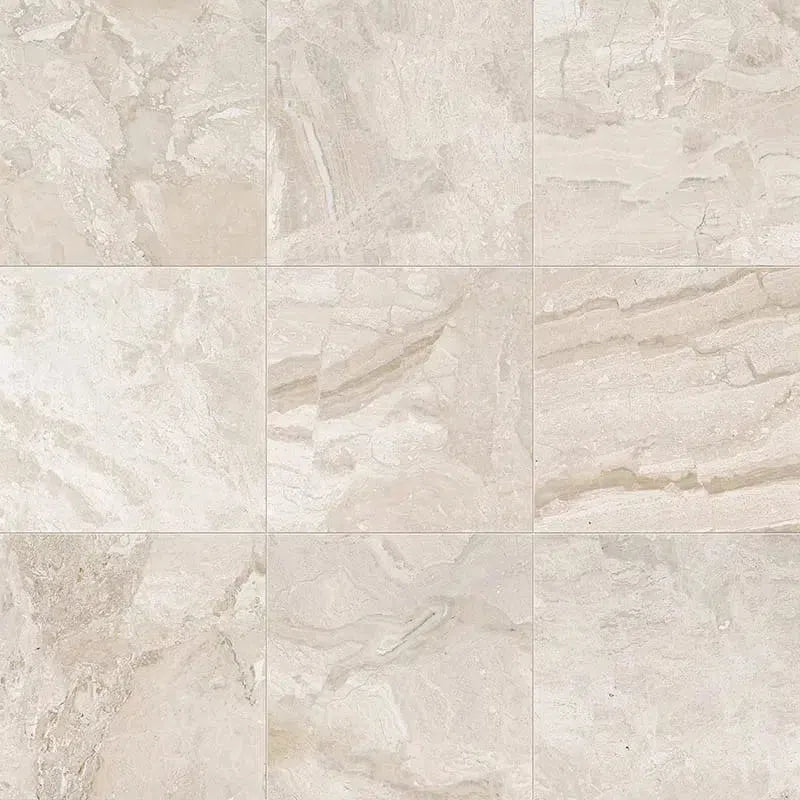 Diano Royal (Queen Beige) Marble
Diano Royal (Queen Beige) Marble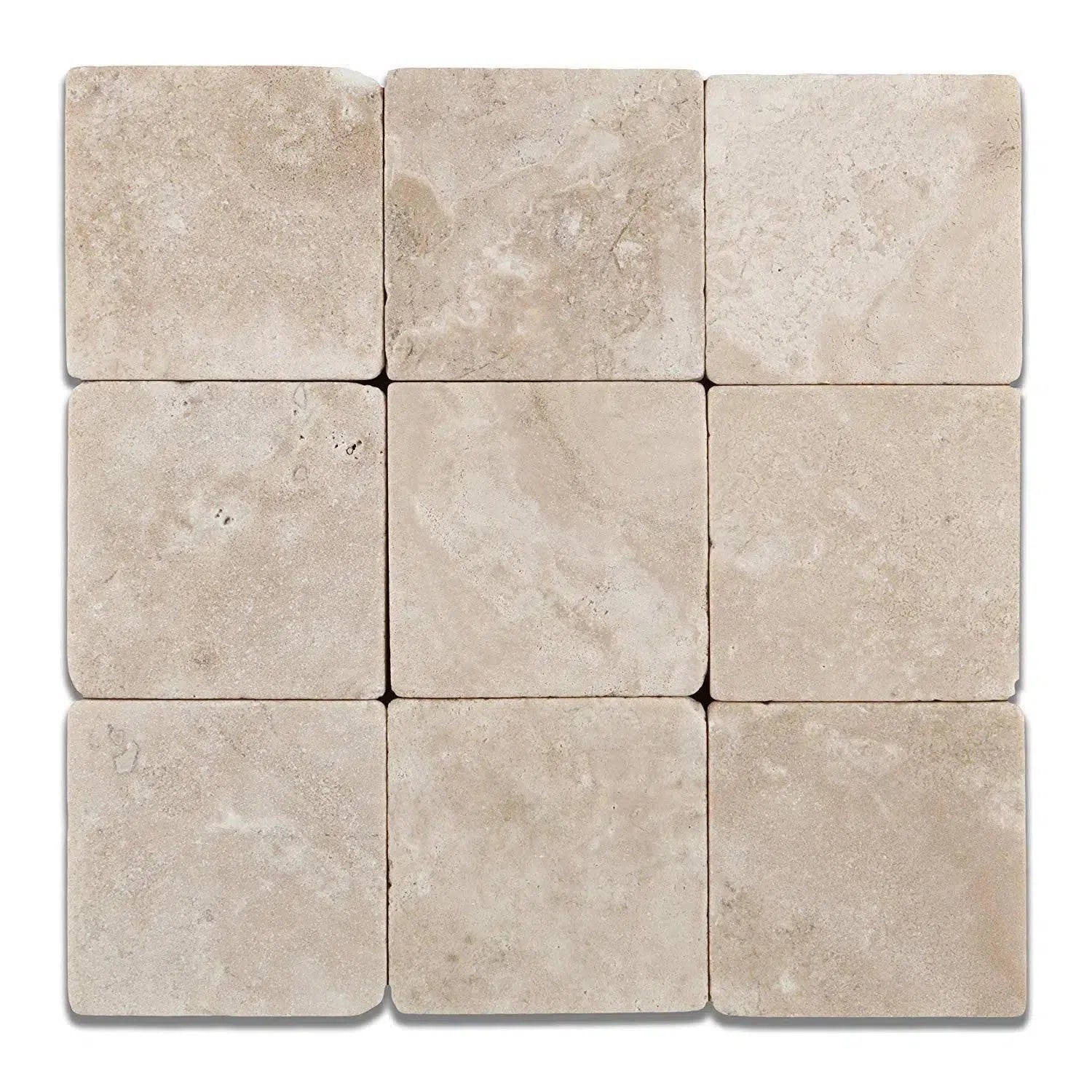 Durango Cream Traverine
Durango Cream Traverine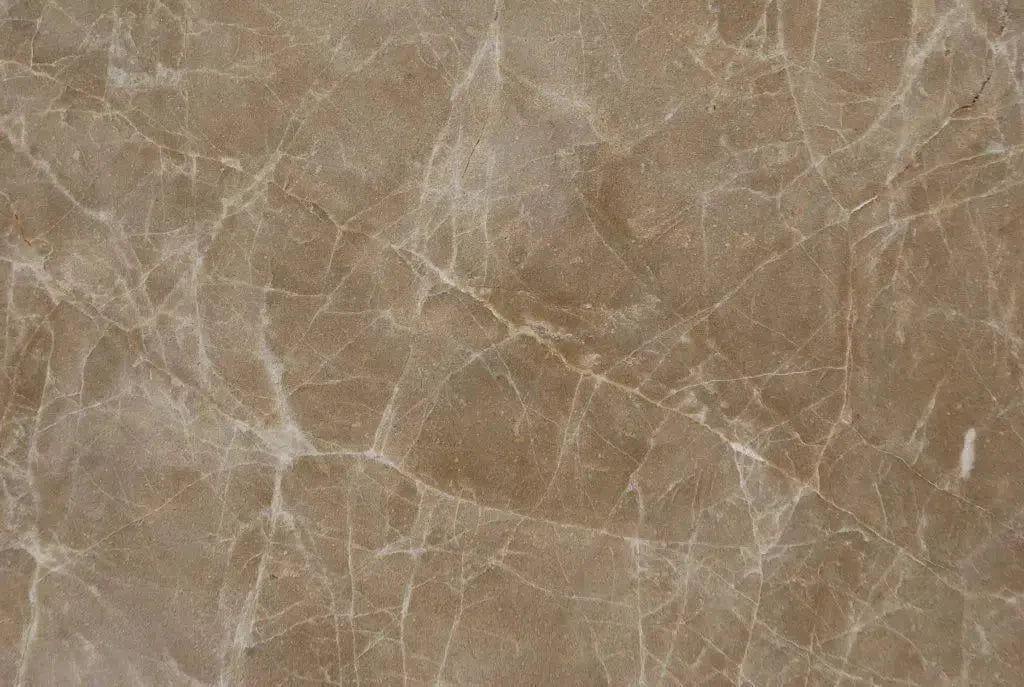 Emperador Light Marble
Emperador Light Marble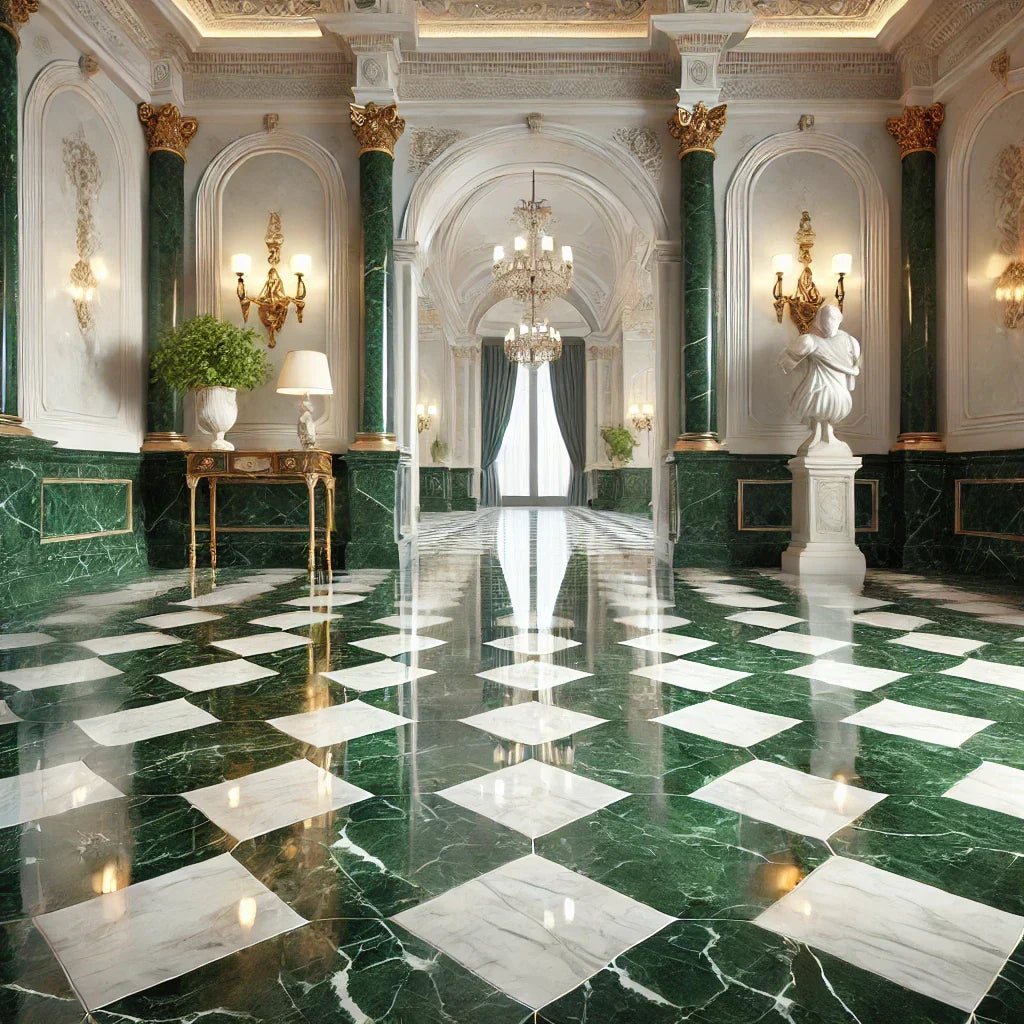 Empress Green Marble
Empress Green Marble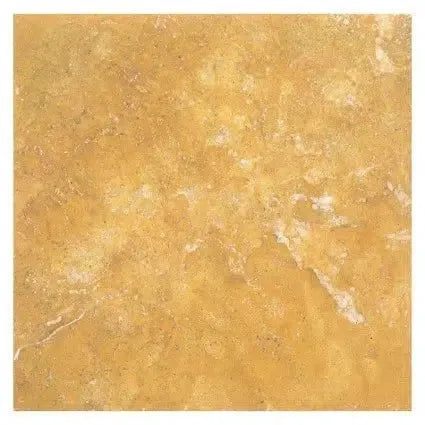 Gold/Yellow Travertine
Gold/Yellow Travertine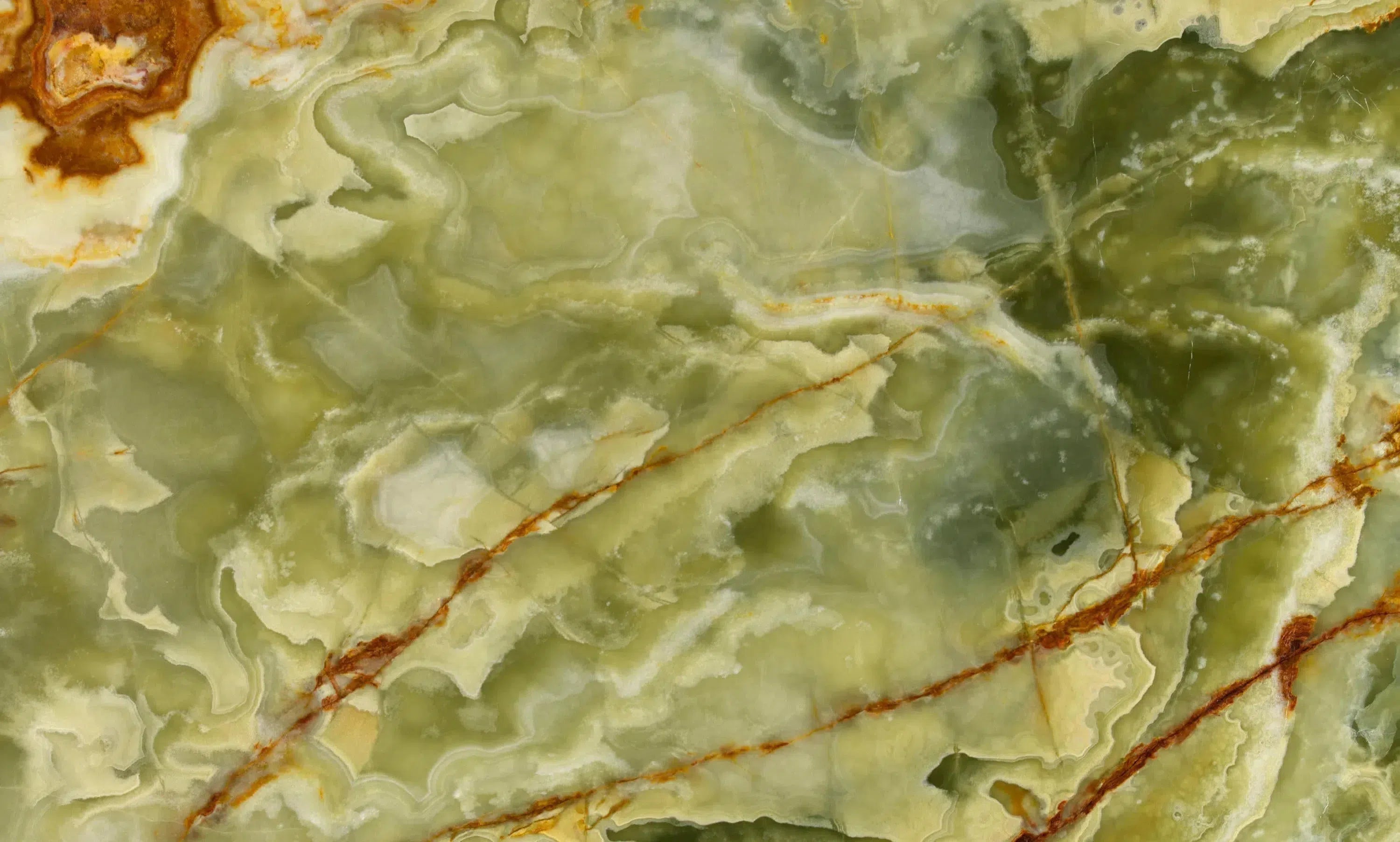 Green Onyx Marble
Green Onyx Marble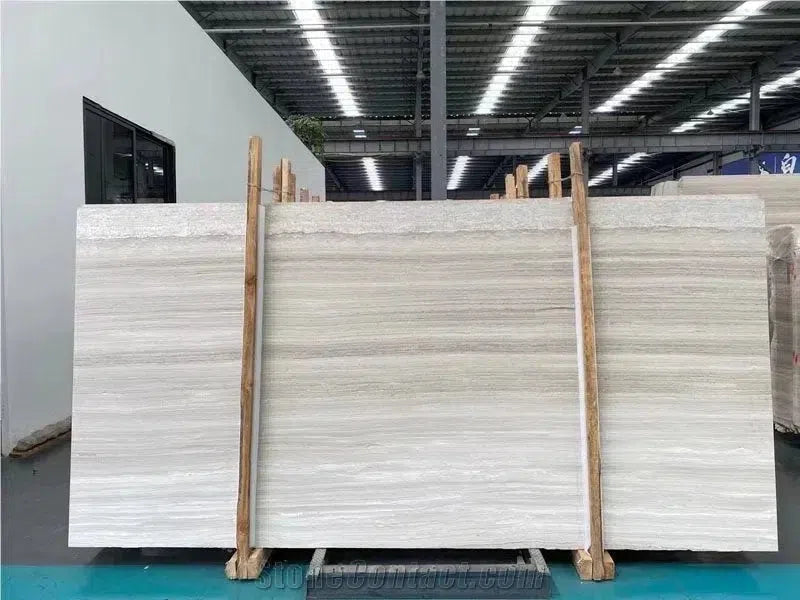 Haisa Light (White Wood) Limestone
Haisa Light (White Wood) Limestone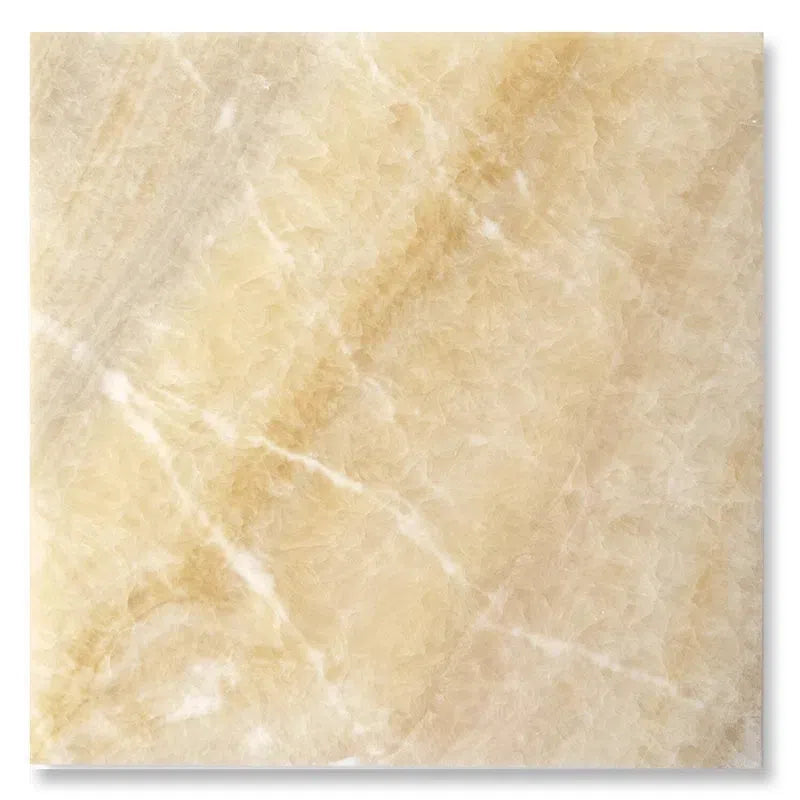 Honey Onyx Marble
Honey Onyx Marble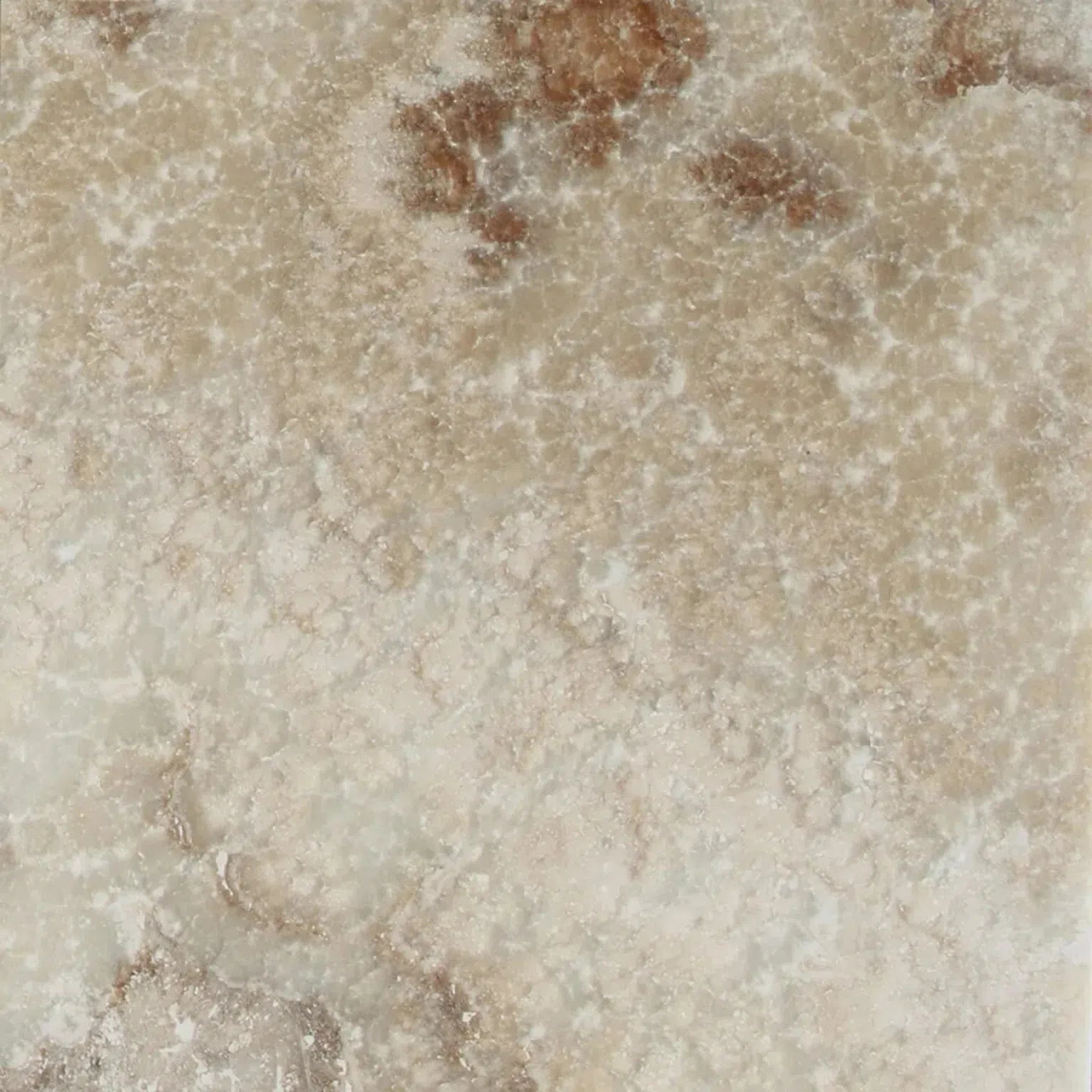 La Travonya Travertine
La Travonya Travertine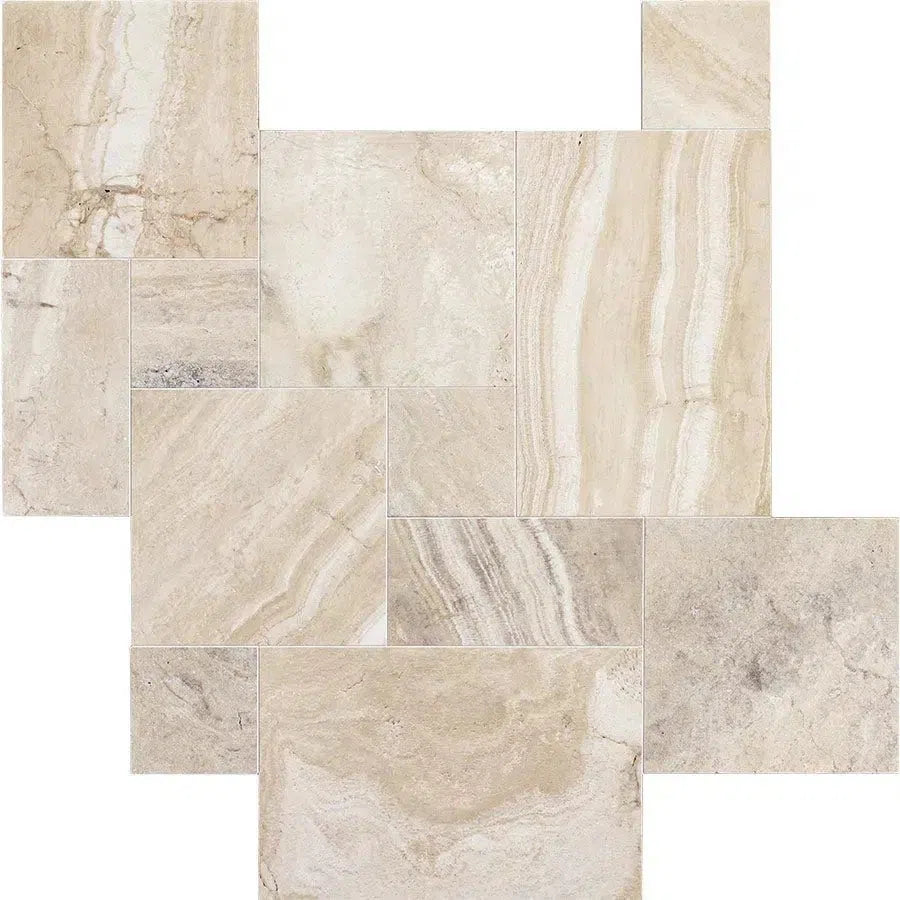 Malibu Travertine
Malibu Travertine Mink (Equator) Marble
Mink (Equator) Marble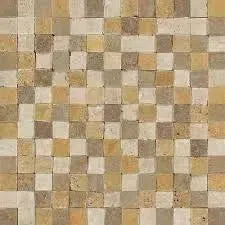 Mixed (Ivory-Noce-Gold) Travertine
Mixed (Ivory-Noce-Gold) Travertine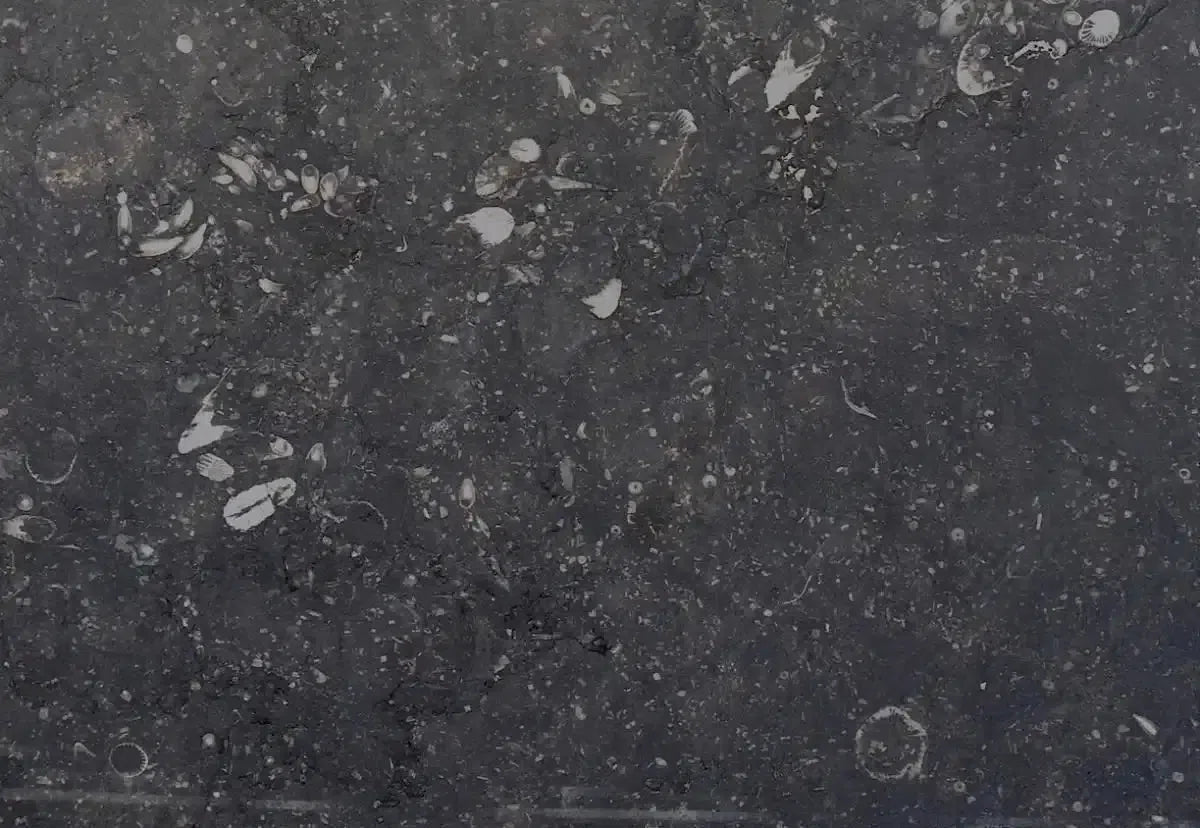 Pierre Bleue (Pierre Blue) Marble
Pierre Bleue (Pierre Blue) Marble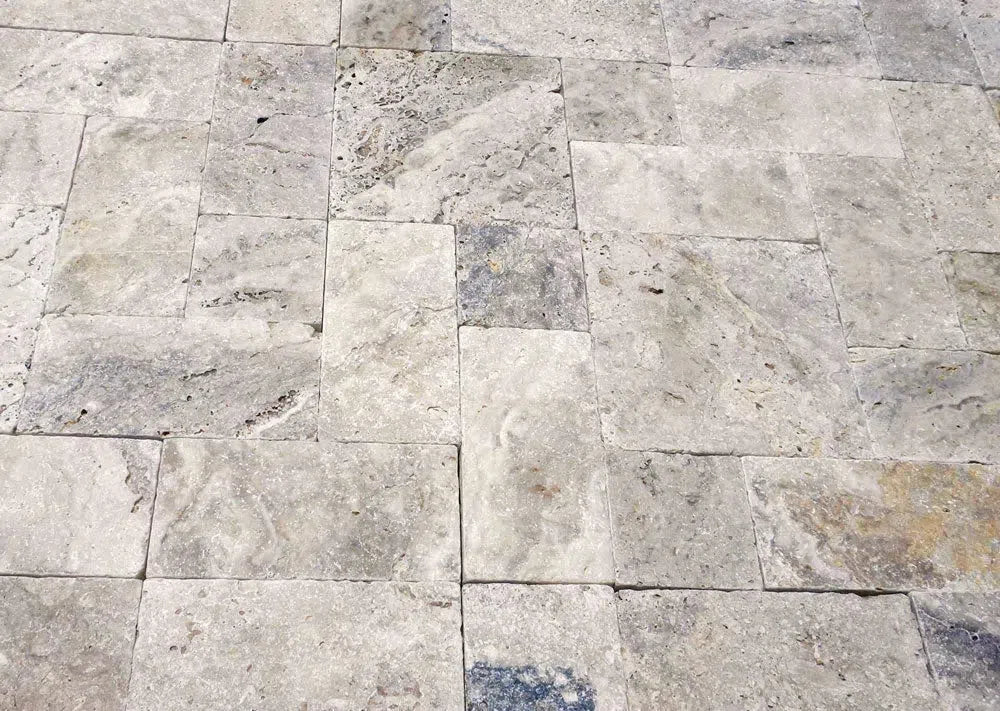 Philadelphia Travertine
Philadelphia Travertine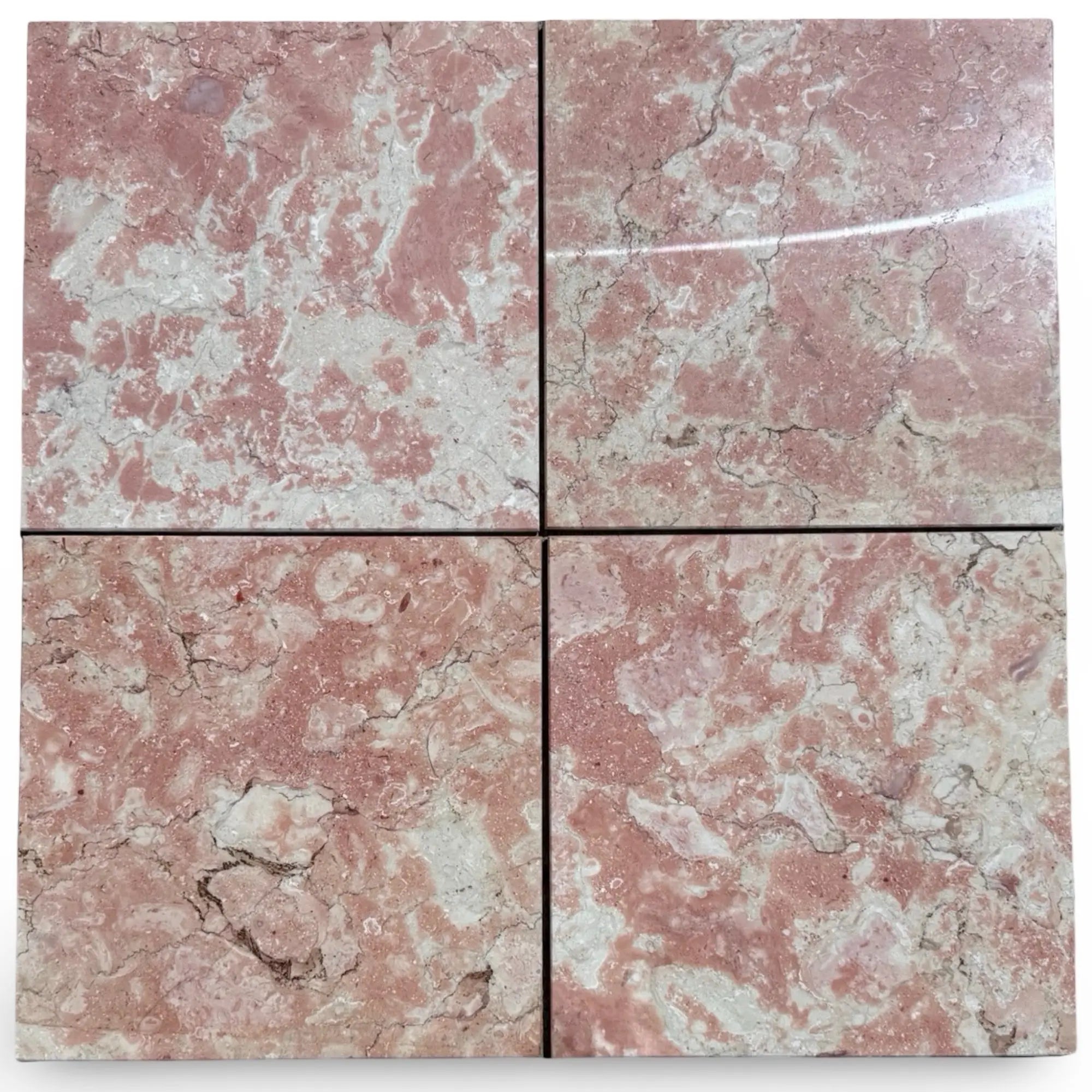 Rosé Aurora Marble
Rosé Aurora Marble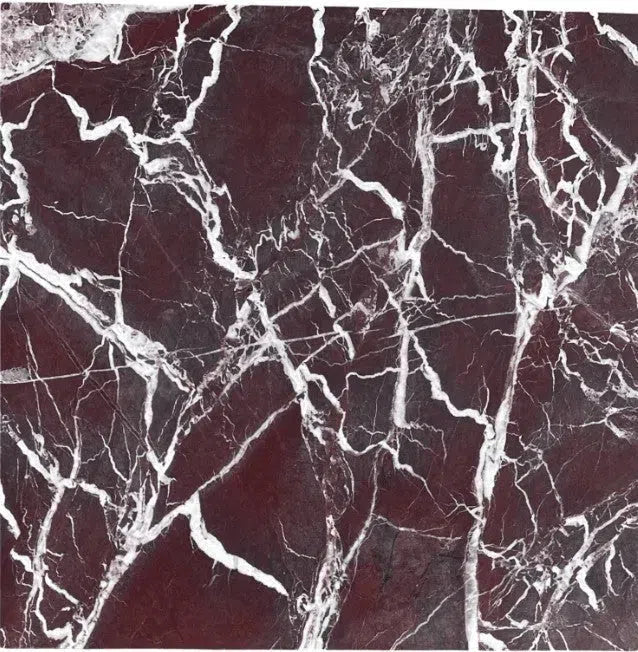 Rosso Levanto Marble
Rosso Levanto Marble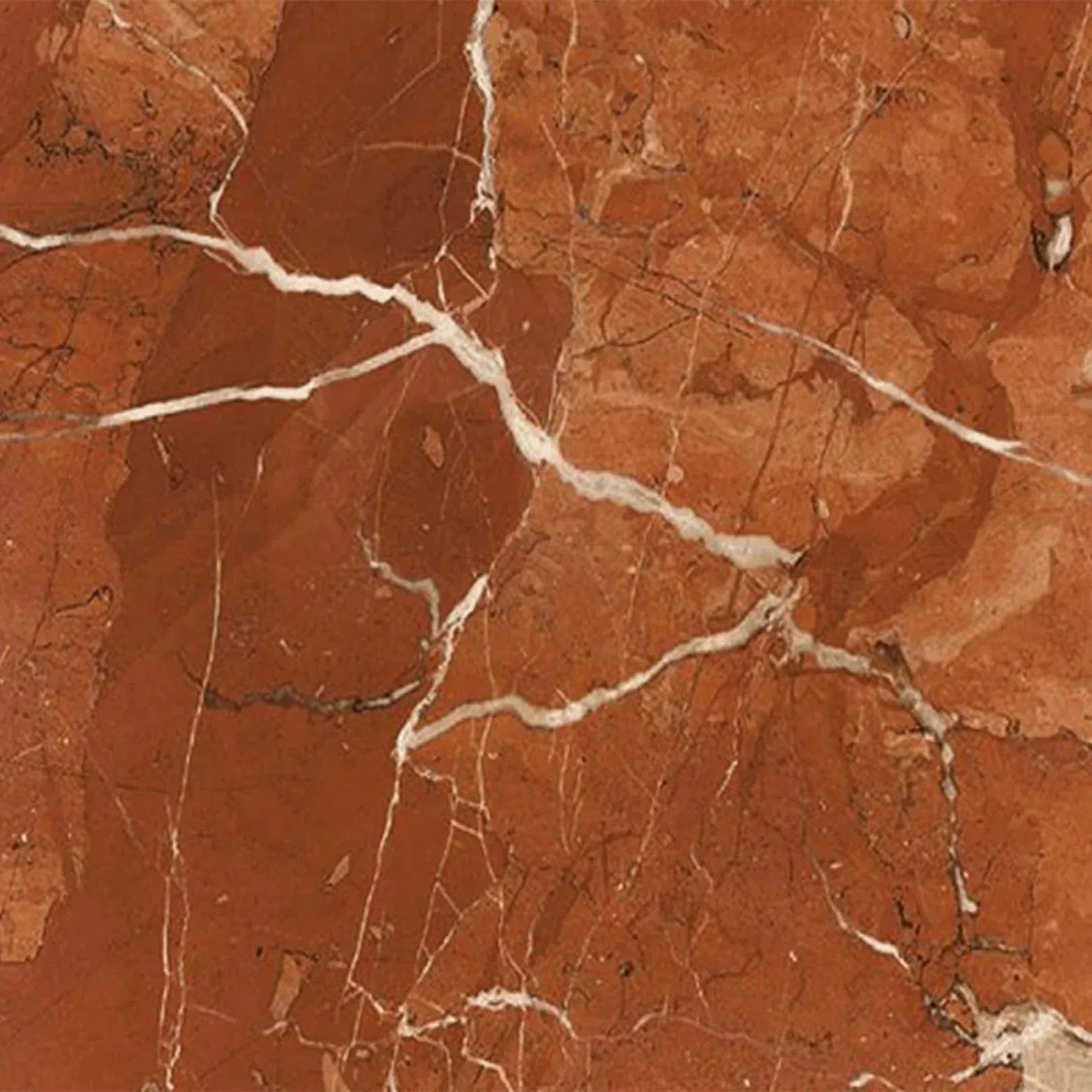 Rojo Alicante Marble
Rojo Alicante Marble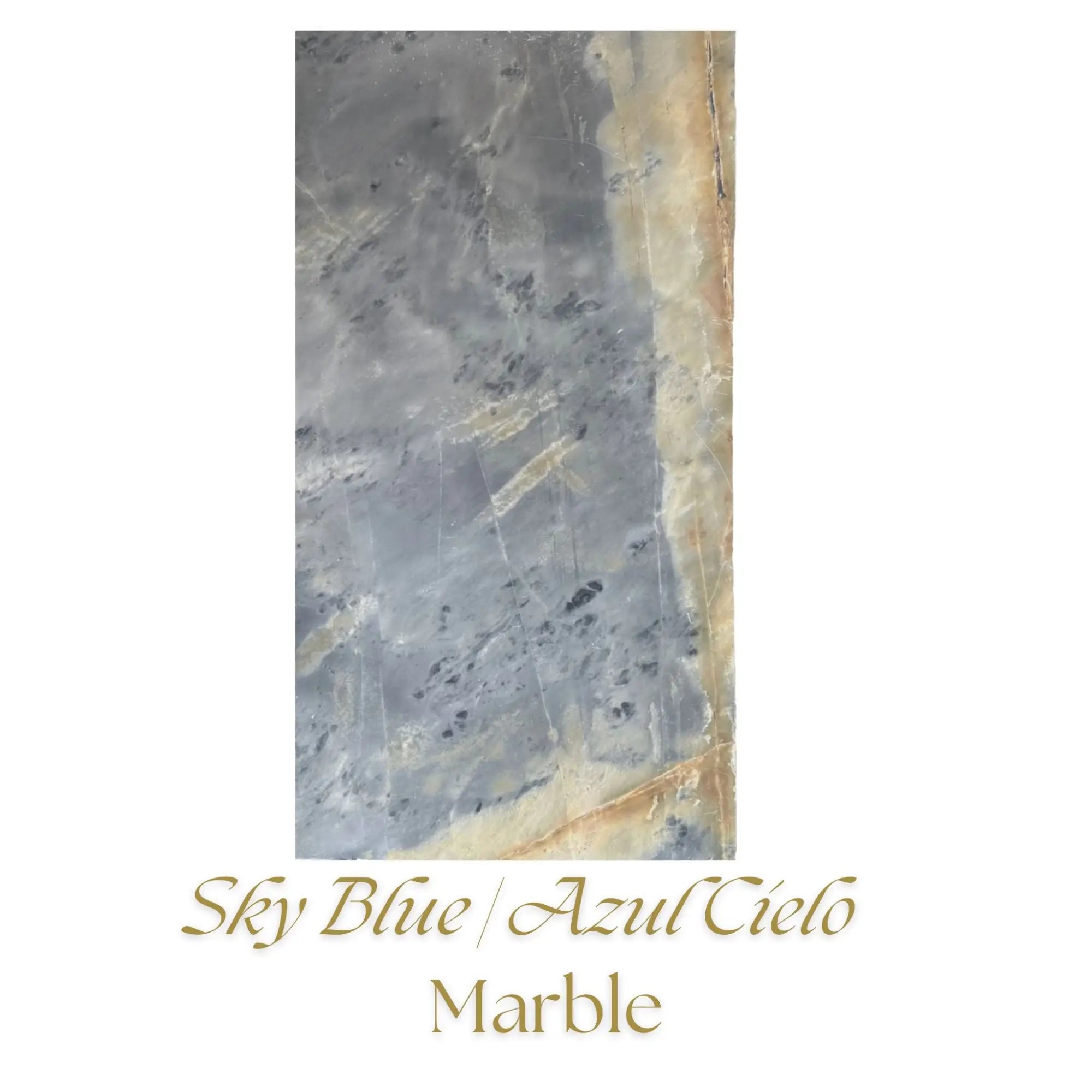 Sky Blue | Azul Cielo Marble
Sky Blue | Azul Cielo Marble Snow White (Afyon White) Marble
Snow White (Afyon White) Marble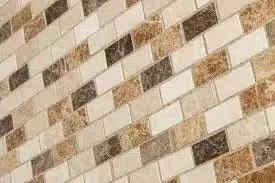 Spanish Mix Marble
Spanish Mix Marble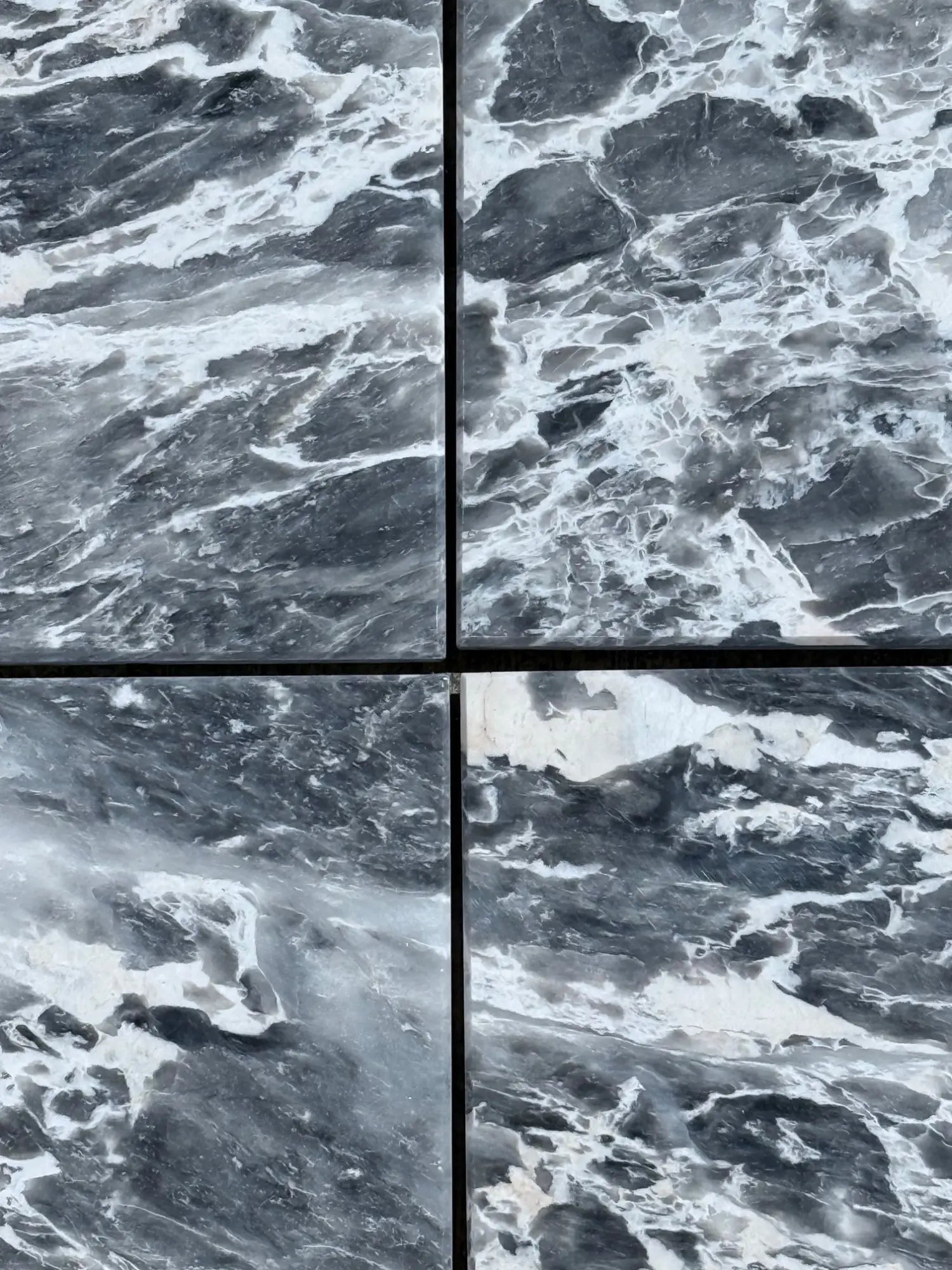 Storm Gray Marble
Storm Gray Marble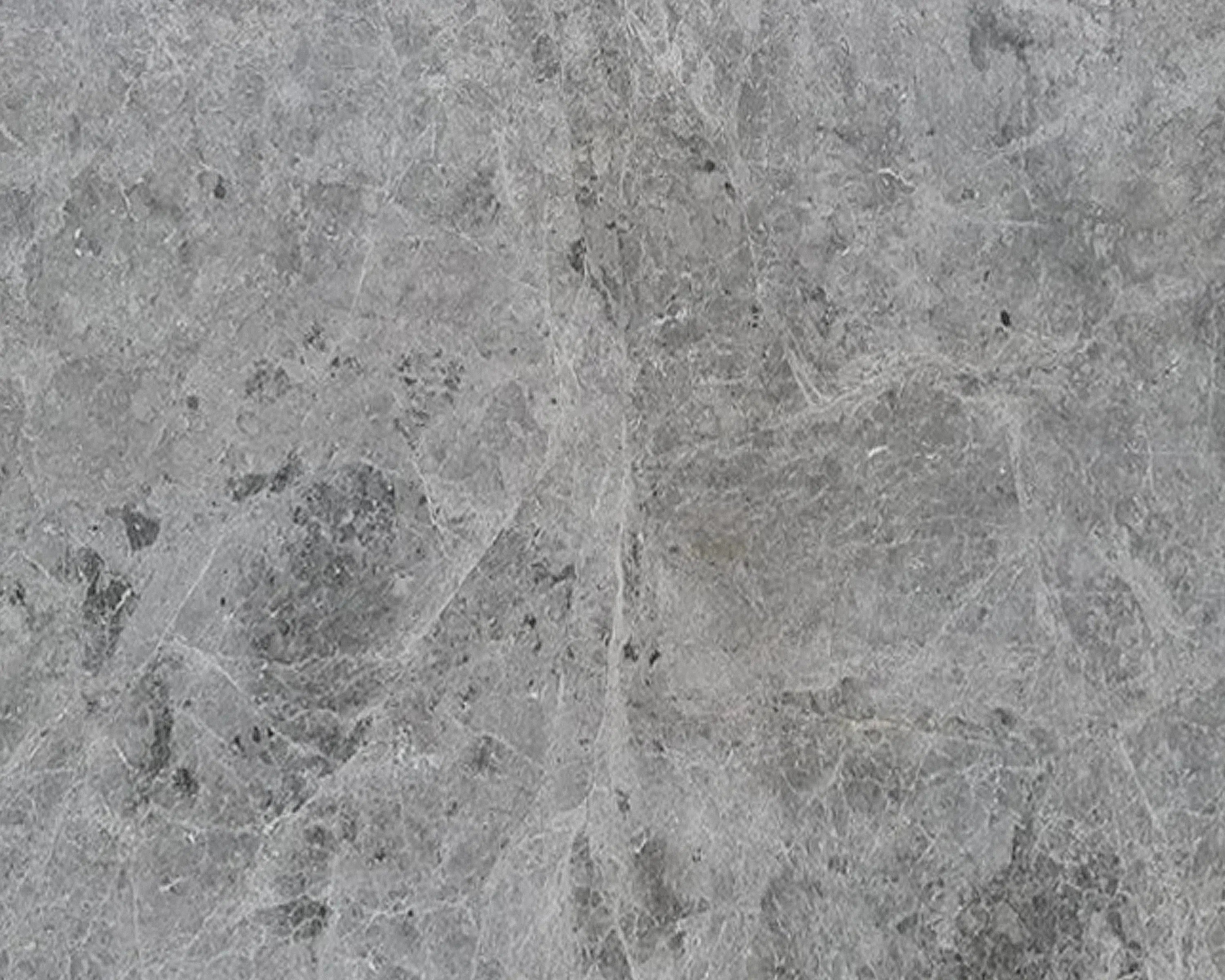 Tundra Gray (Atlantic Gray) Marble
Tundra Gray (Atlantic Gray) Marble Valencia Travertine
Valencia Travertine Valerenga Travertine
Valerenga Travertine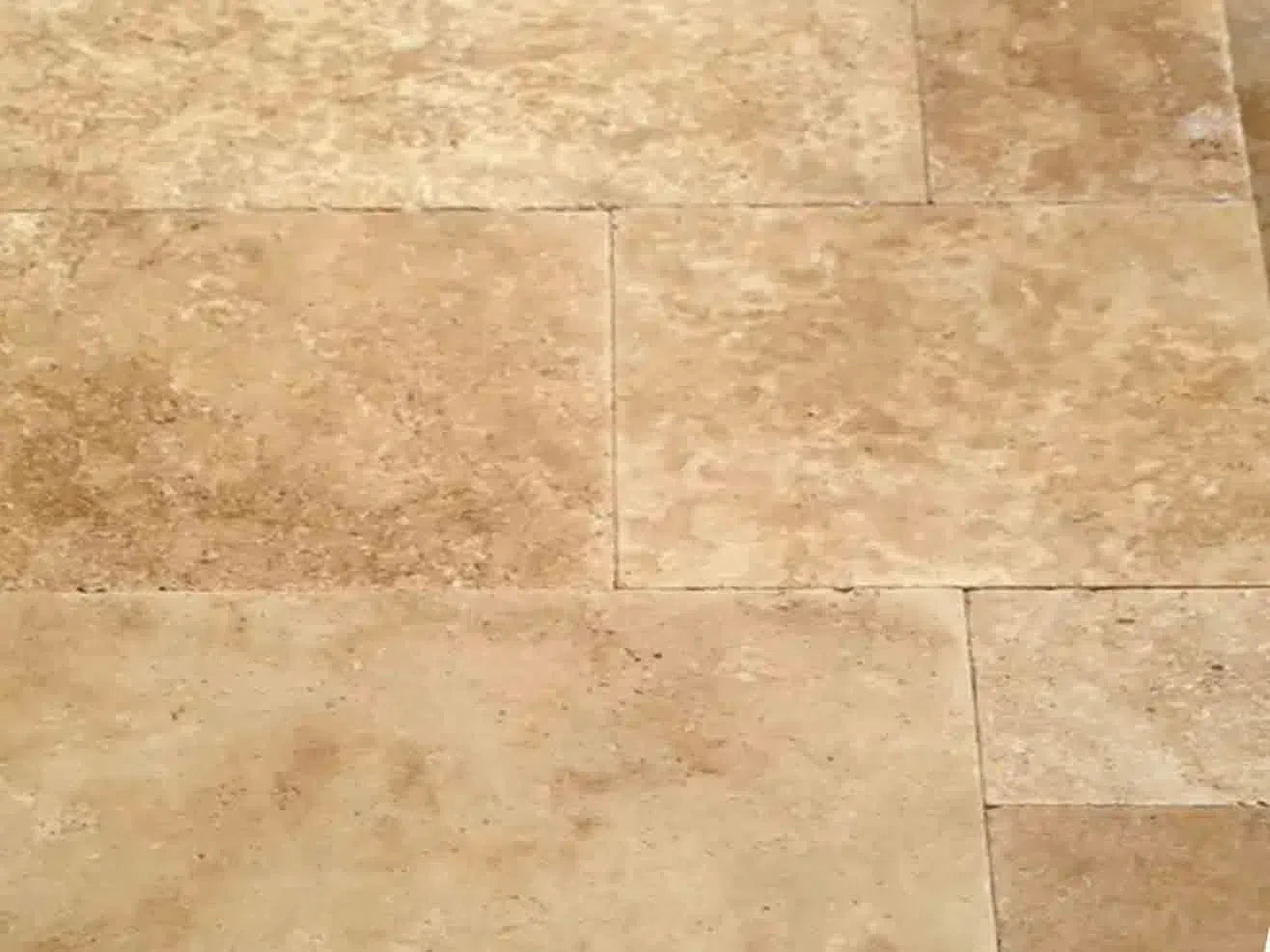 Walnut Travertine
Walnut Travertine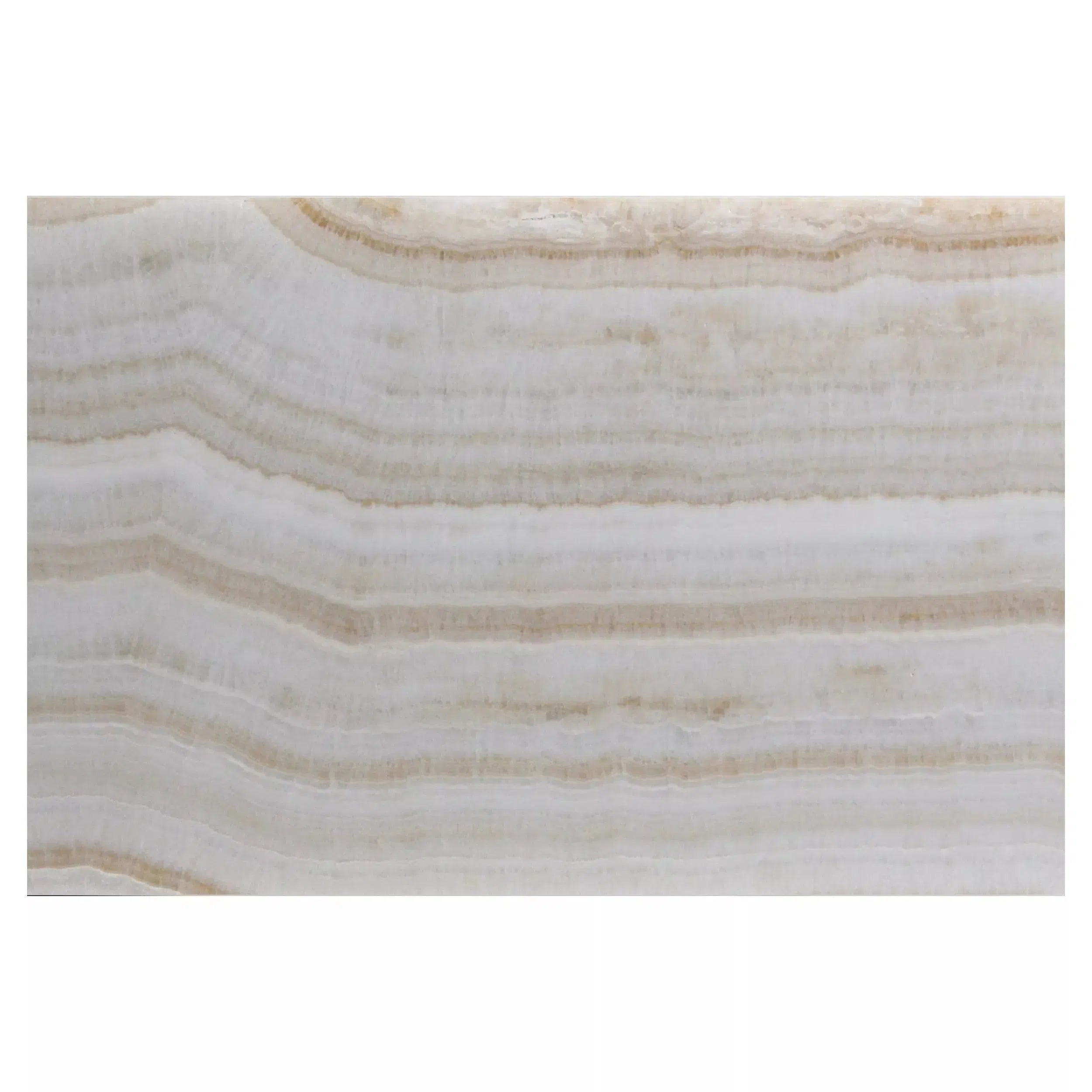 White Onyx Marble
White Onyx Marble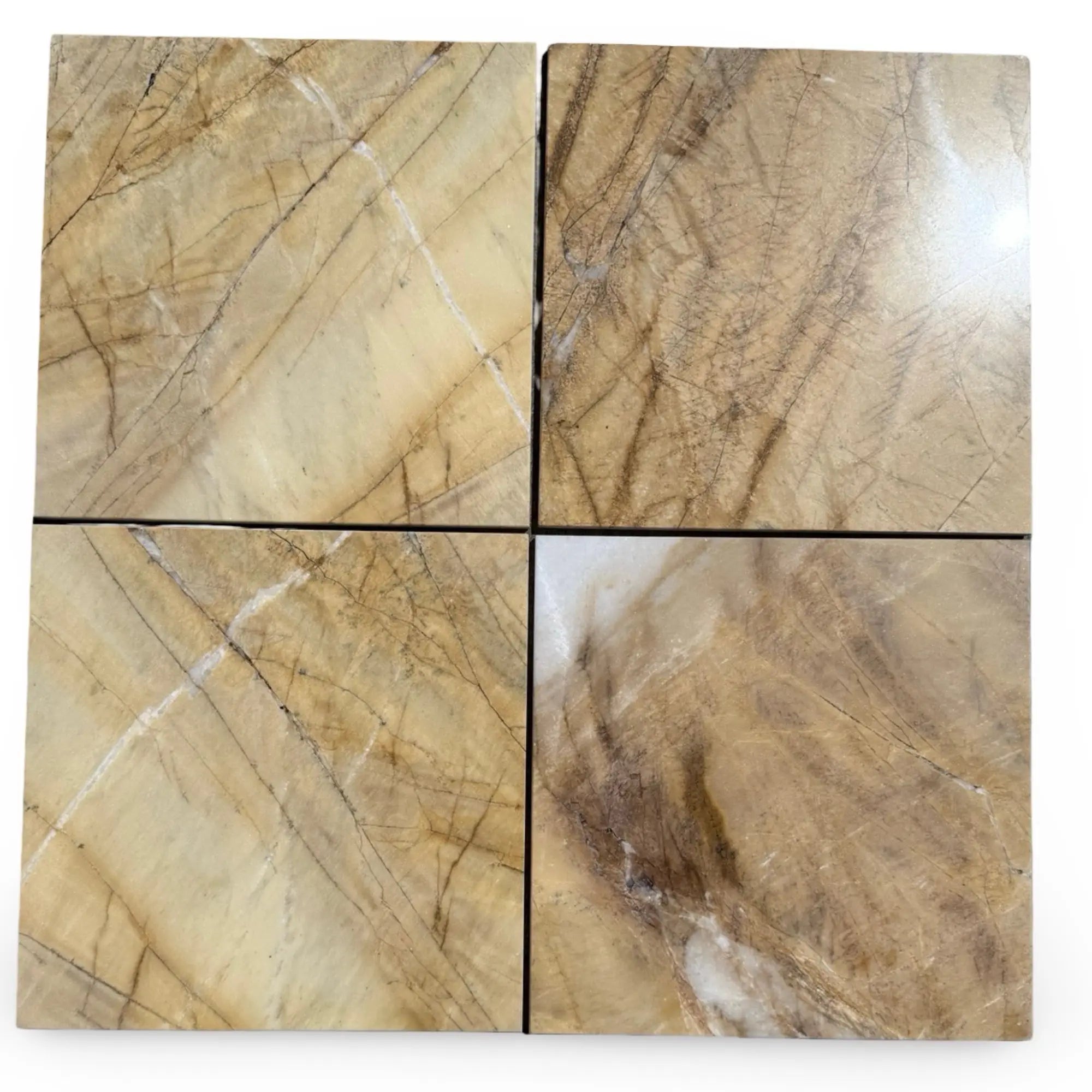 Golden Horizon Marble
Golden Horizon Marble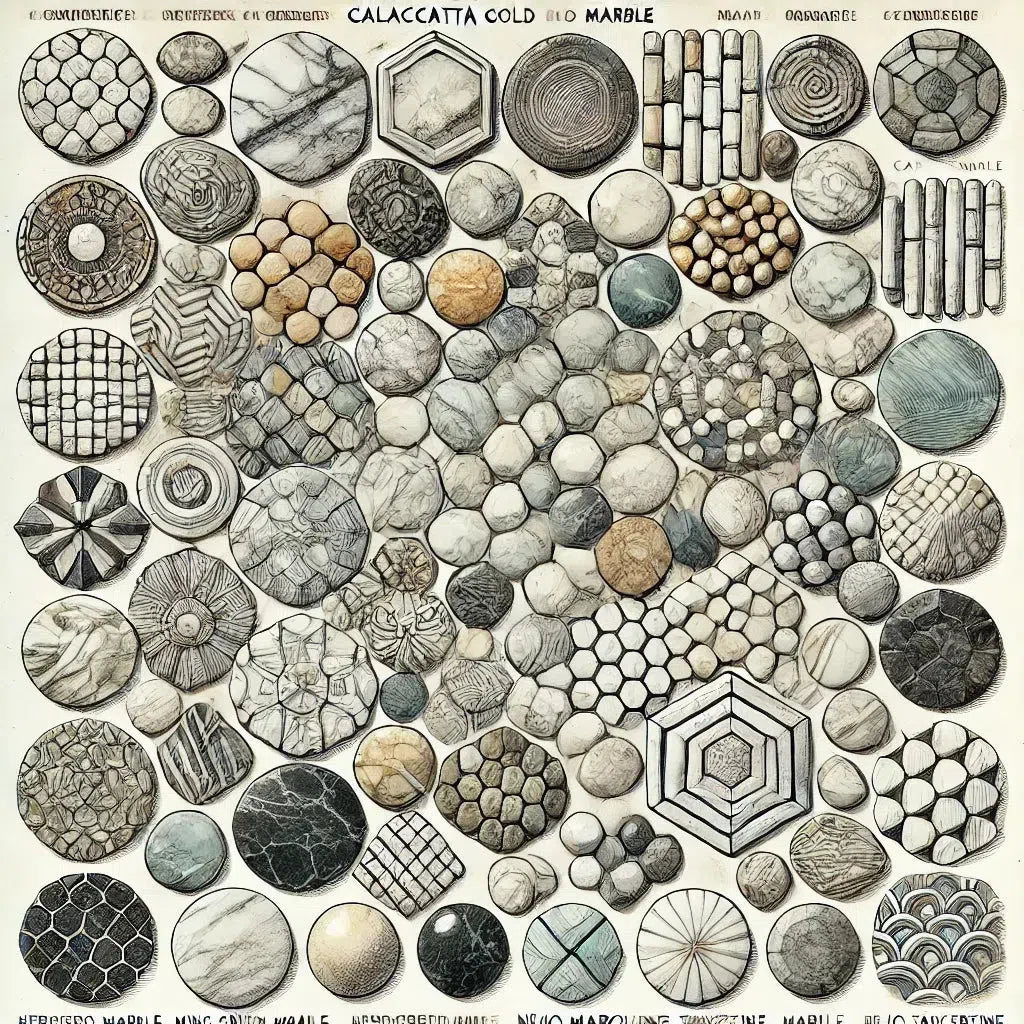 Shop By Type
Shop By Type
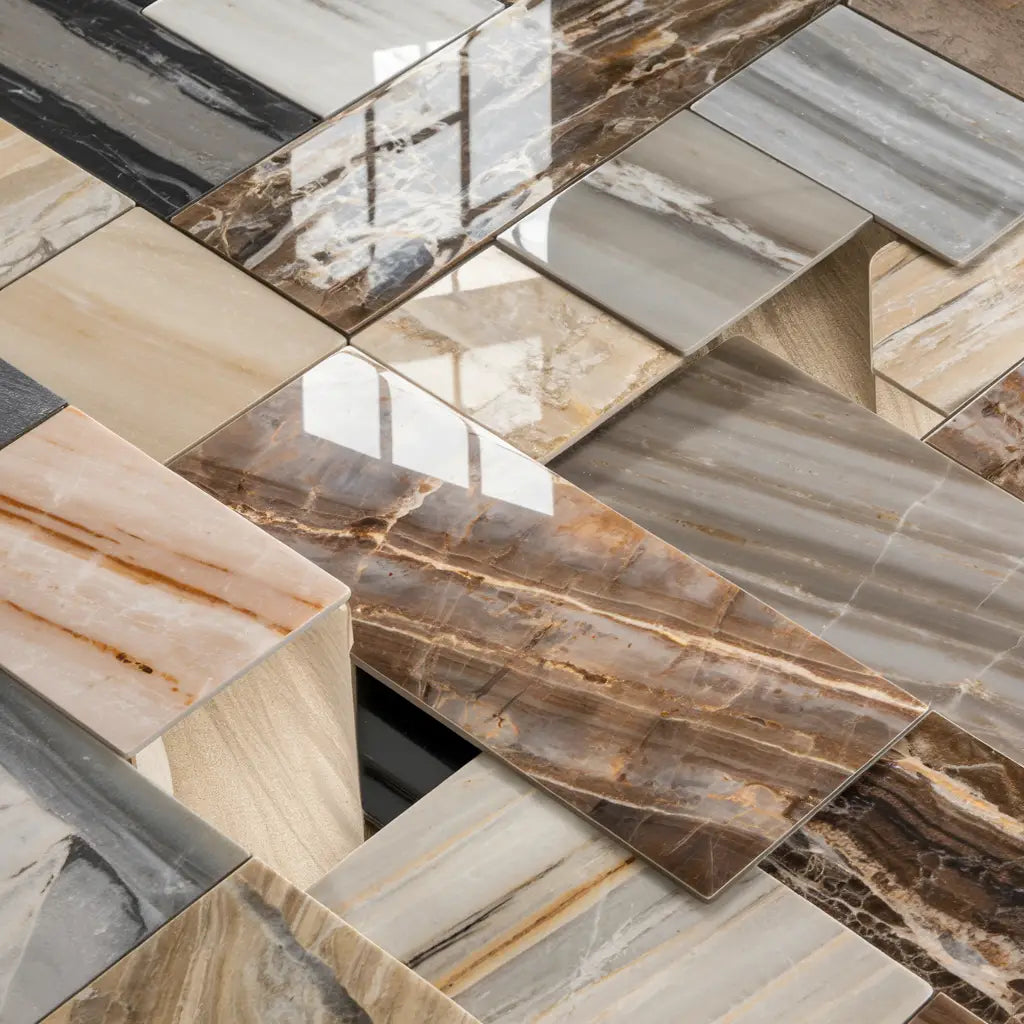 Marble Tiles
Marble Tiles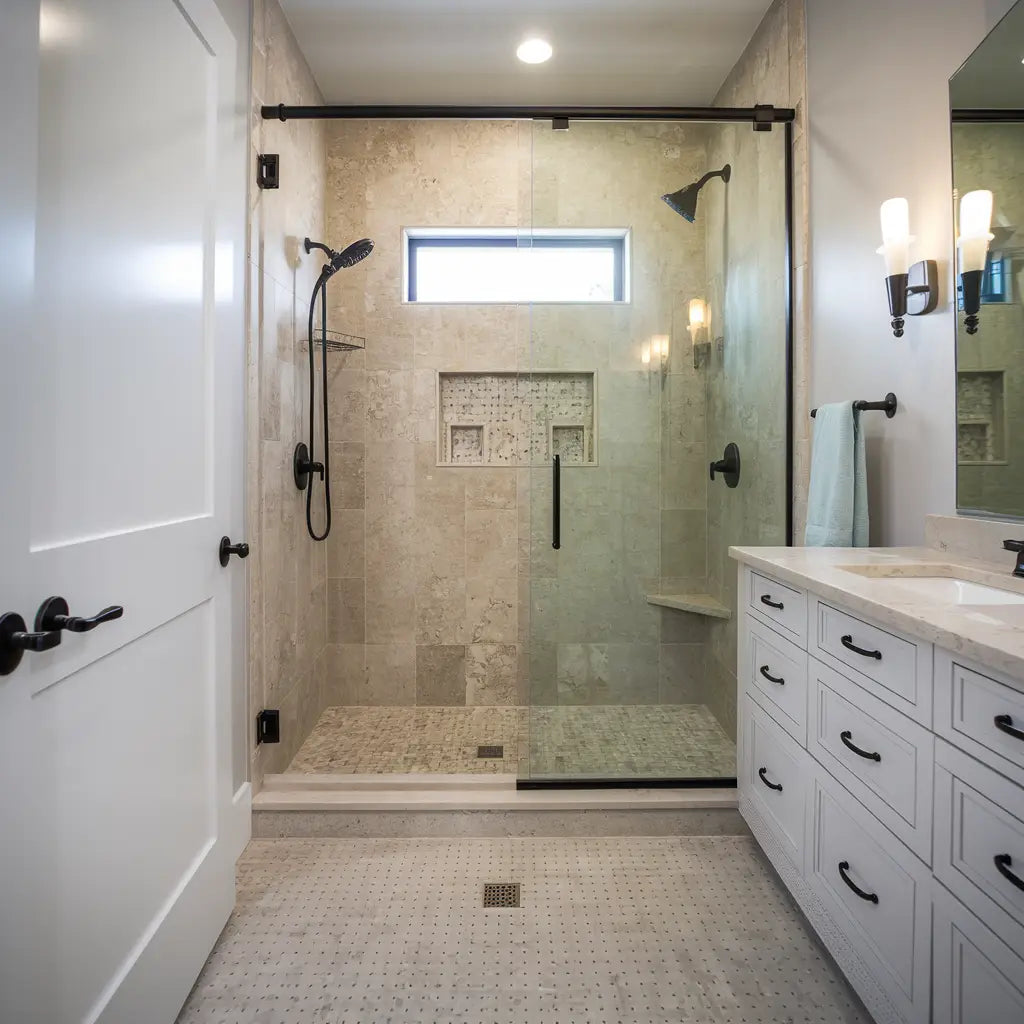 Marble Mosaic
Marble Mosaic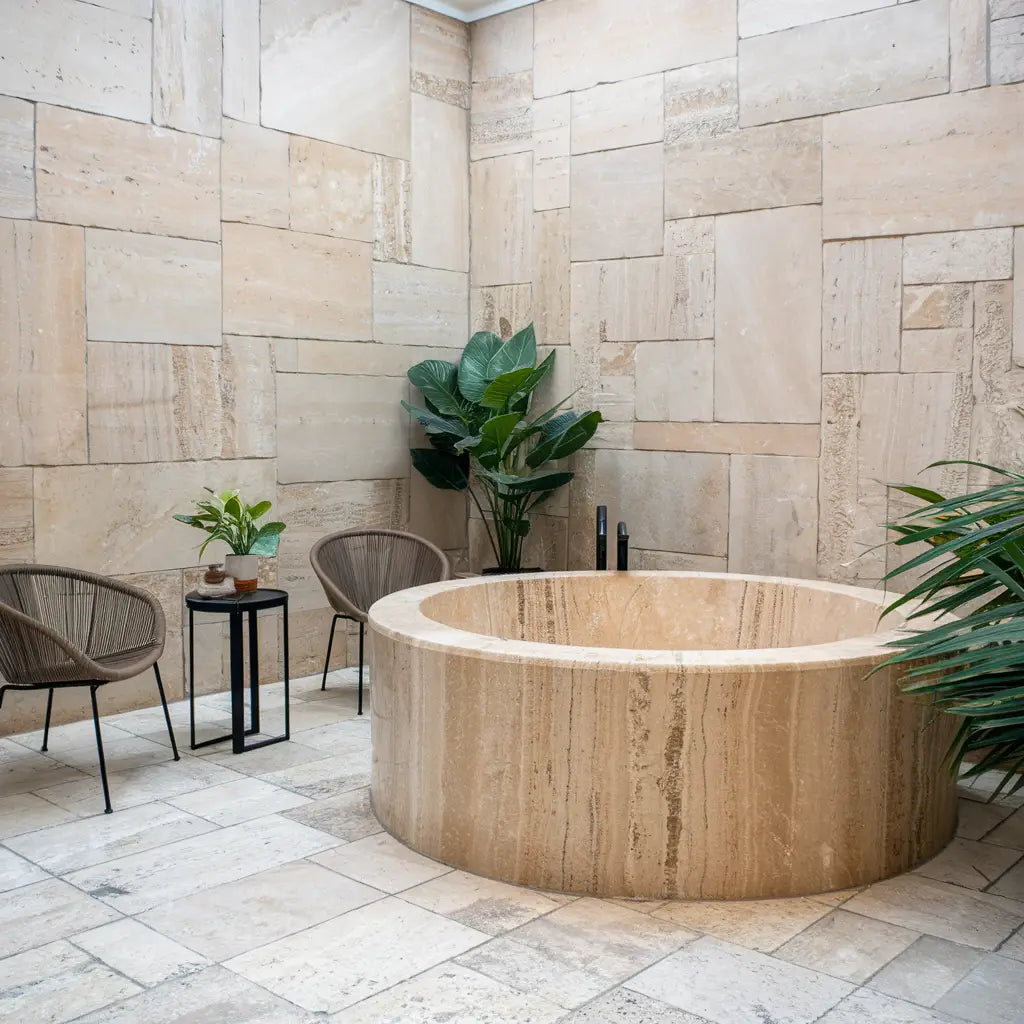 Travertine Tiles
Travertine Tiles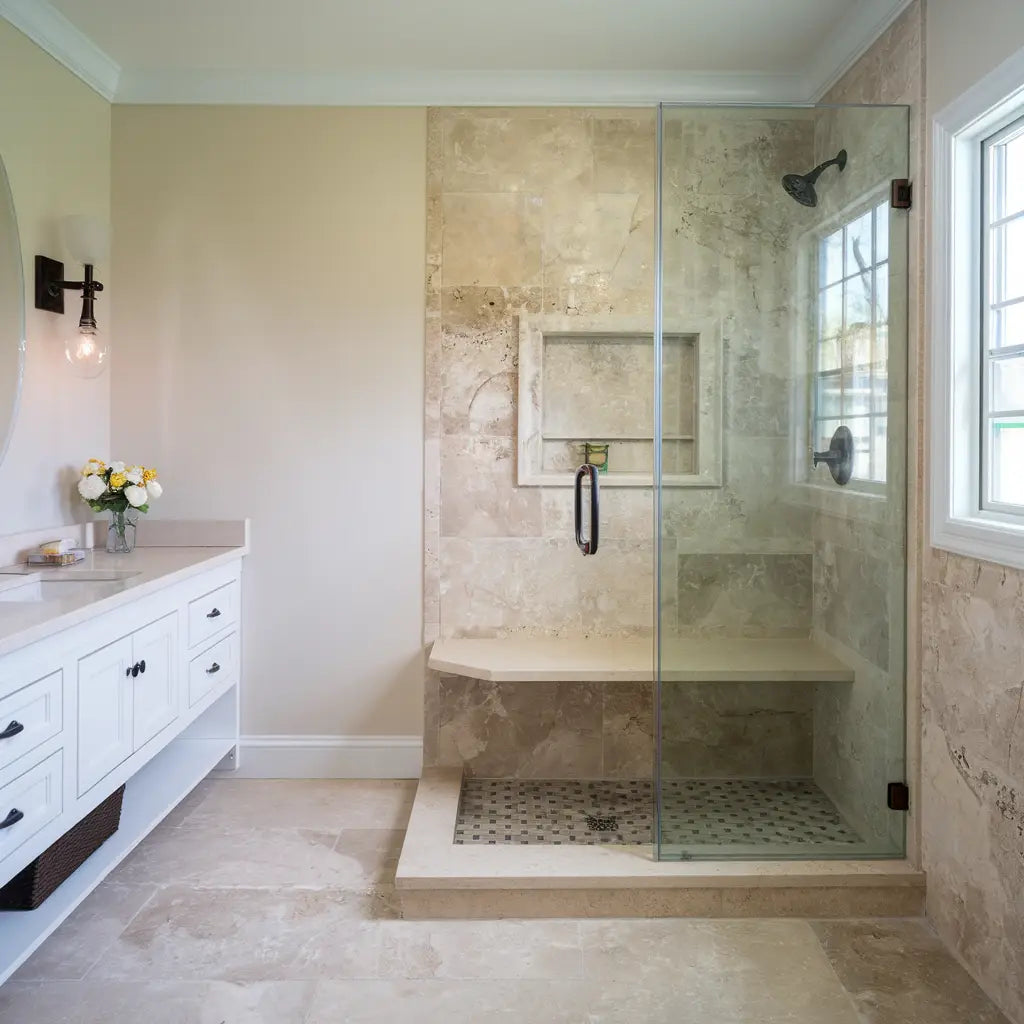 Travertine Mosaic
Travertine Mosaic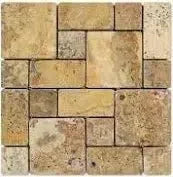 4 pcs Versailles Pattern / French Pattern Set
4 pcs Versailles Pattern / French Pattern Set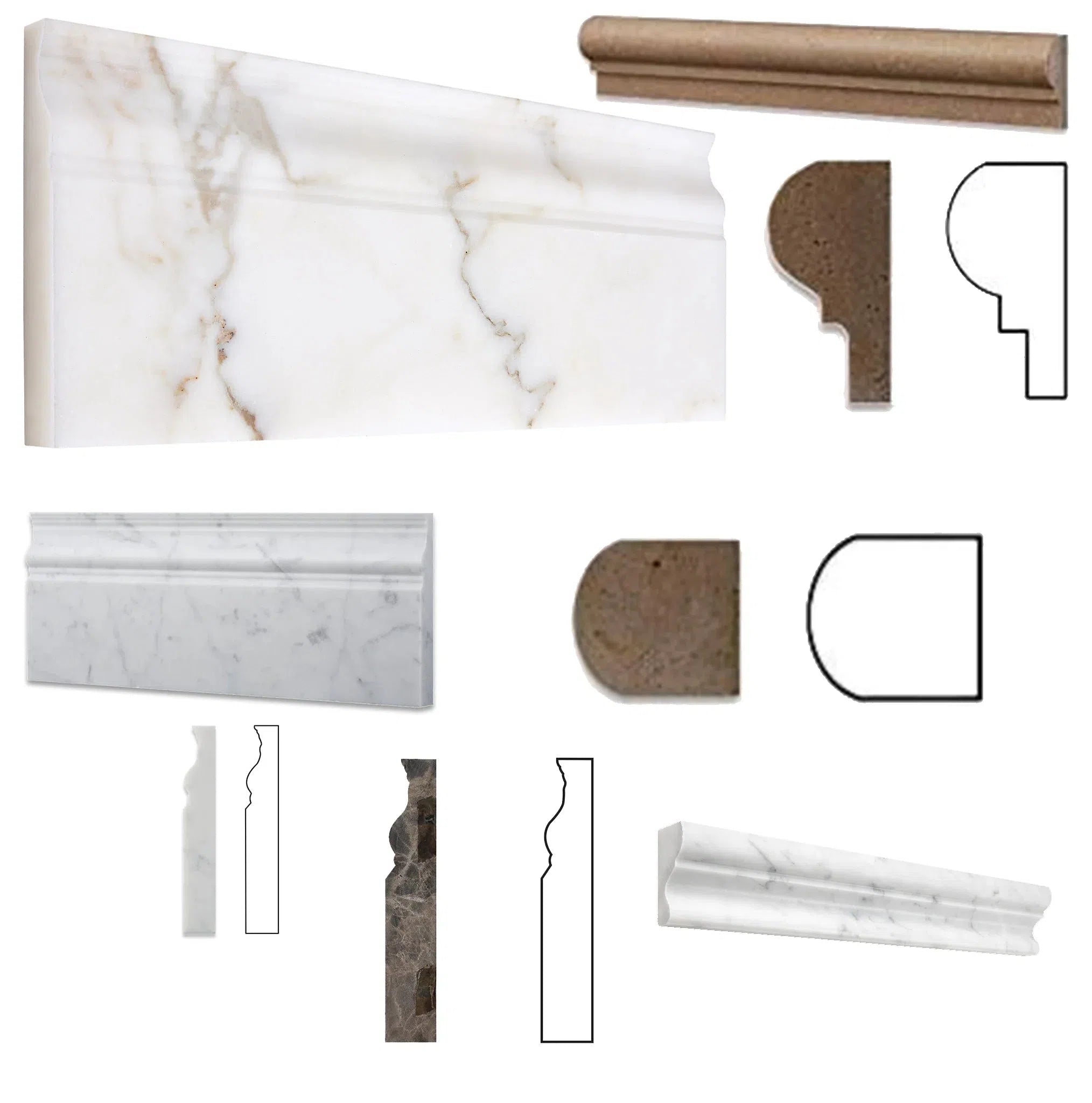 Molding/Trim
Molding/Trim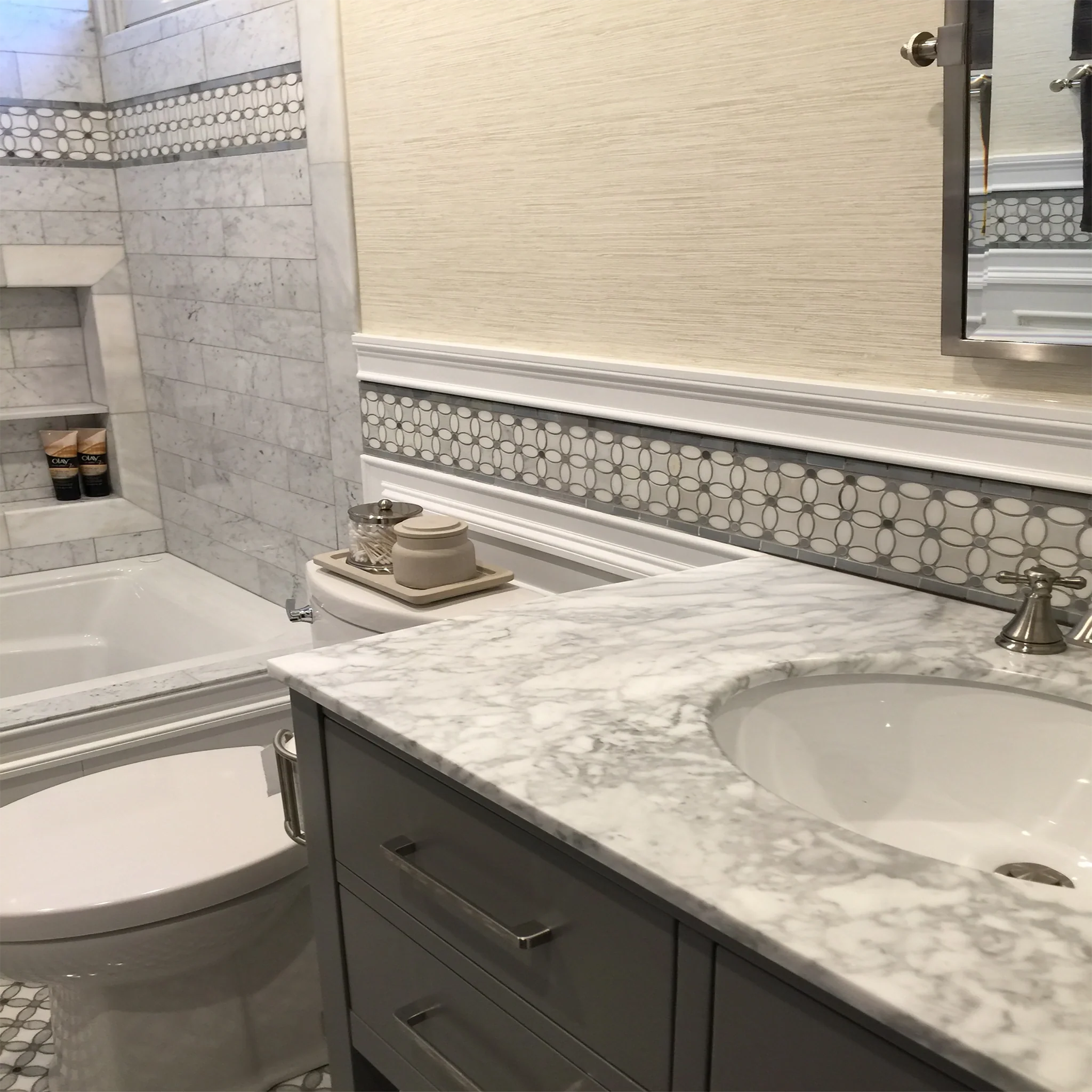 Border/Listello
Border/Listello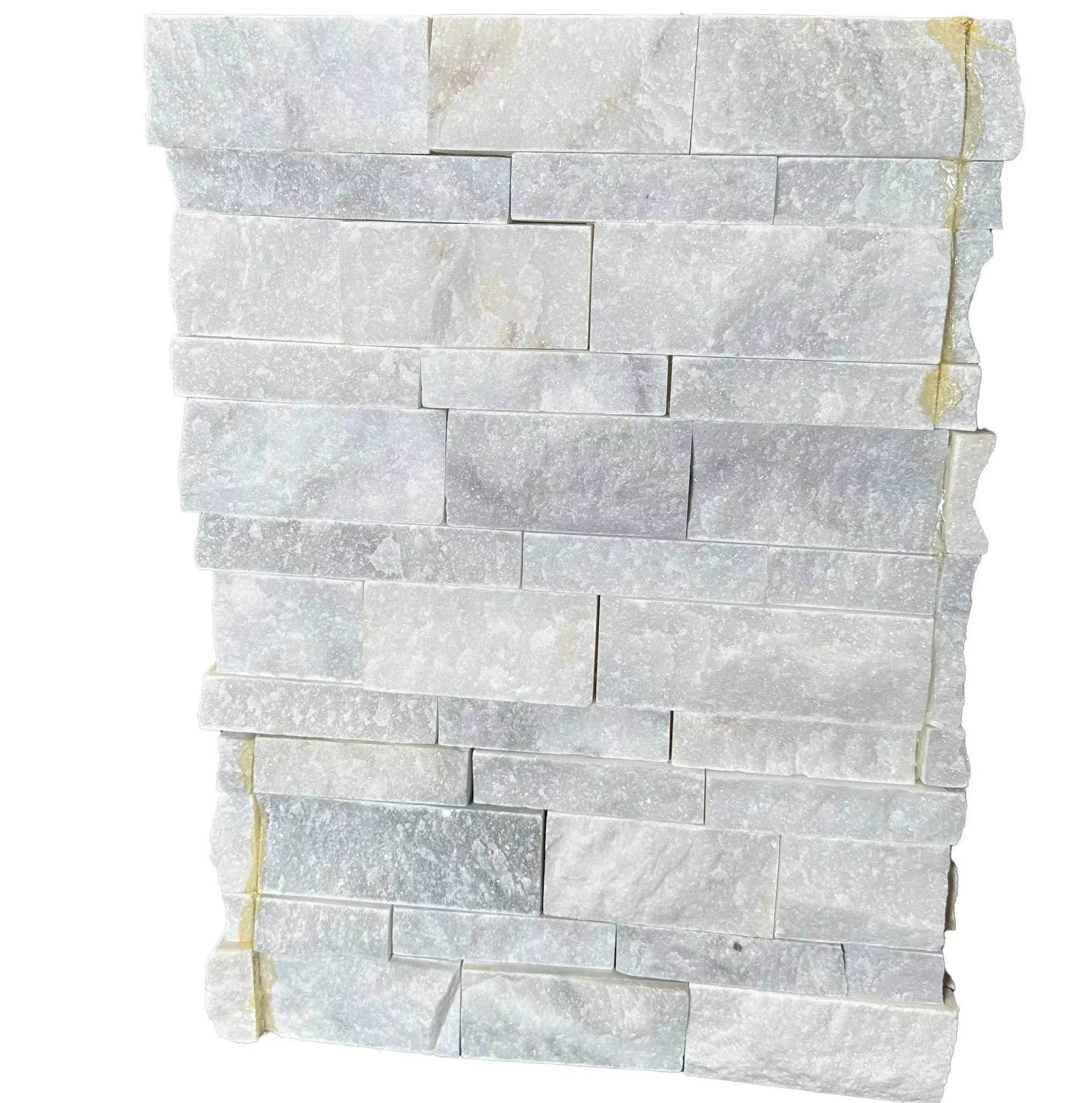 Ledger-Panel
Ledger-Panel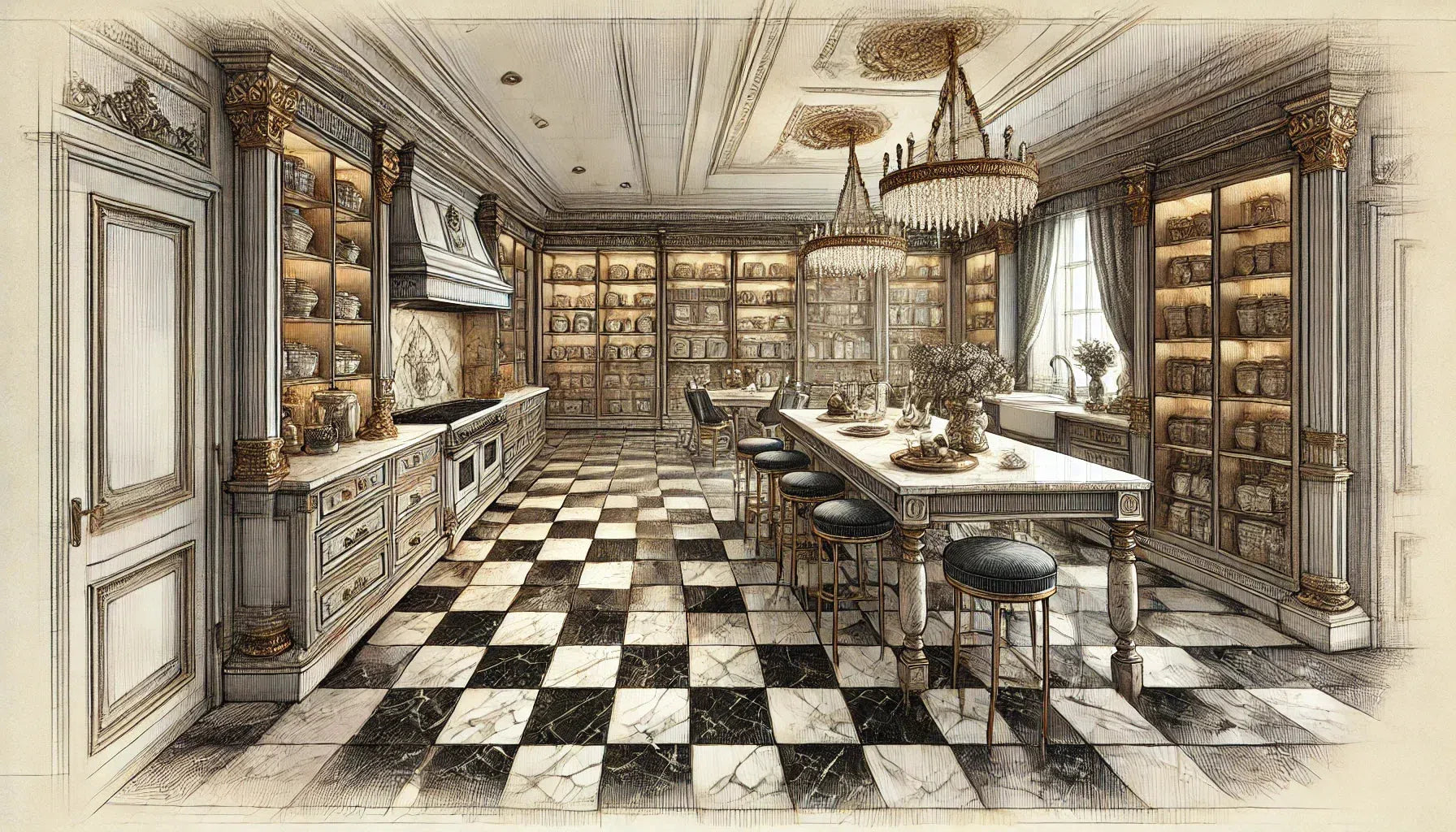 Checkerboard
Checkerboard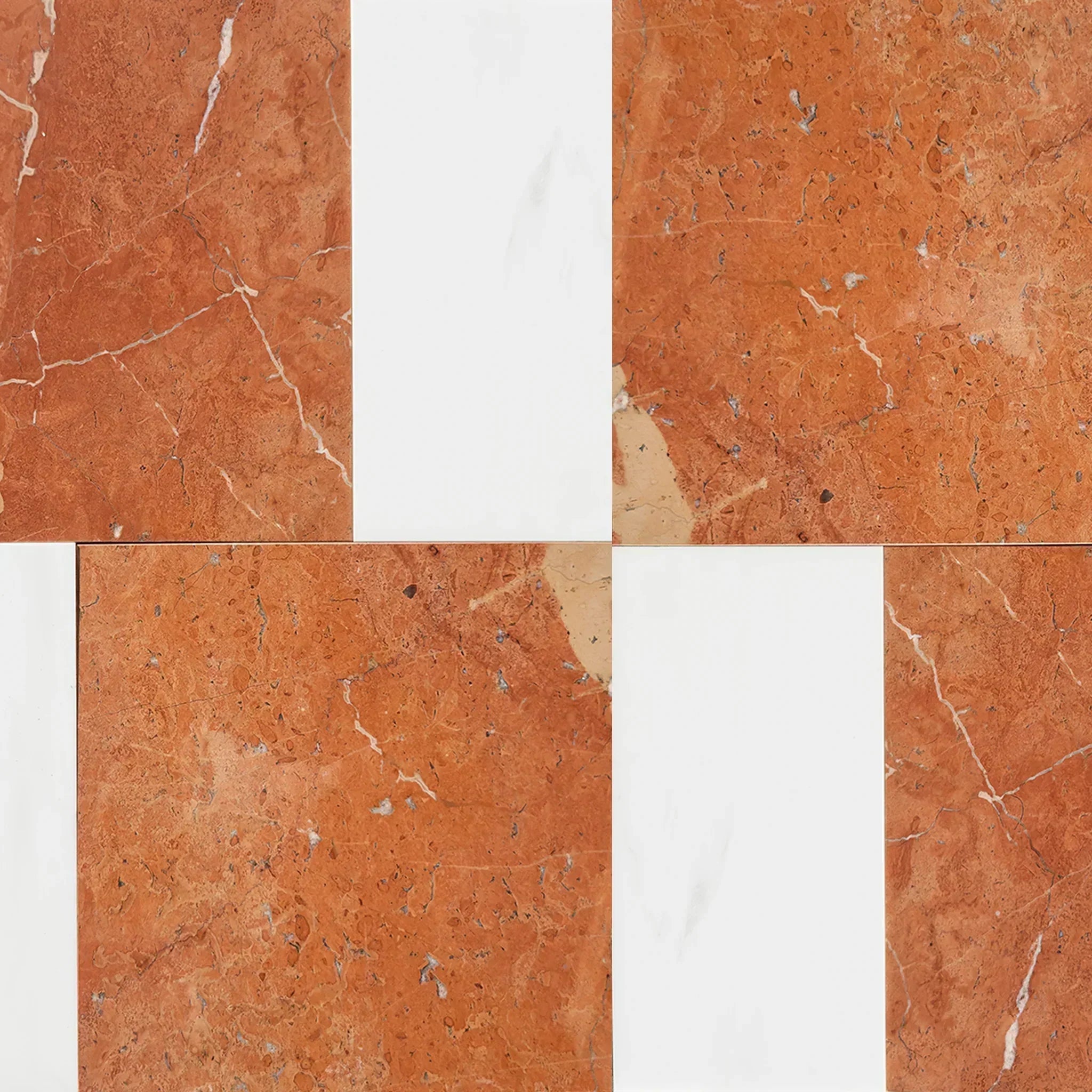 Patterned Tile Collection
Patterned Tile Collection 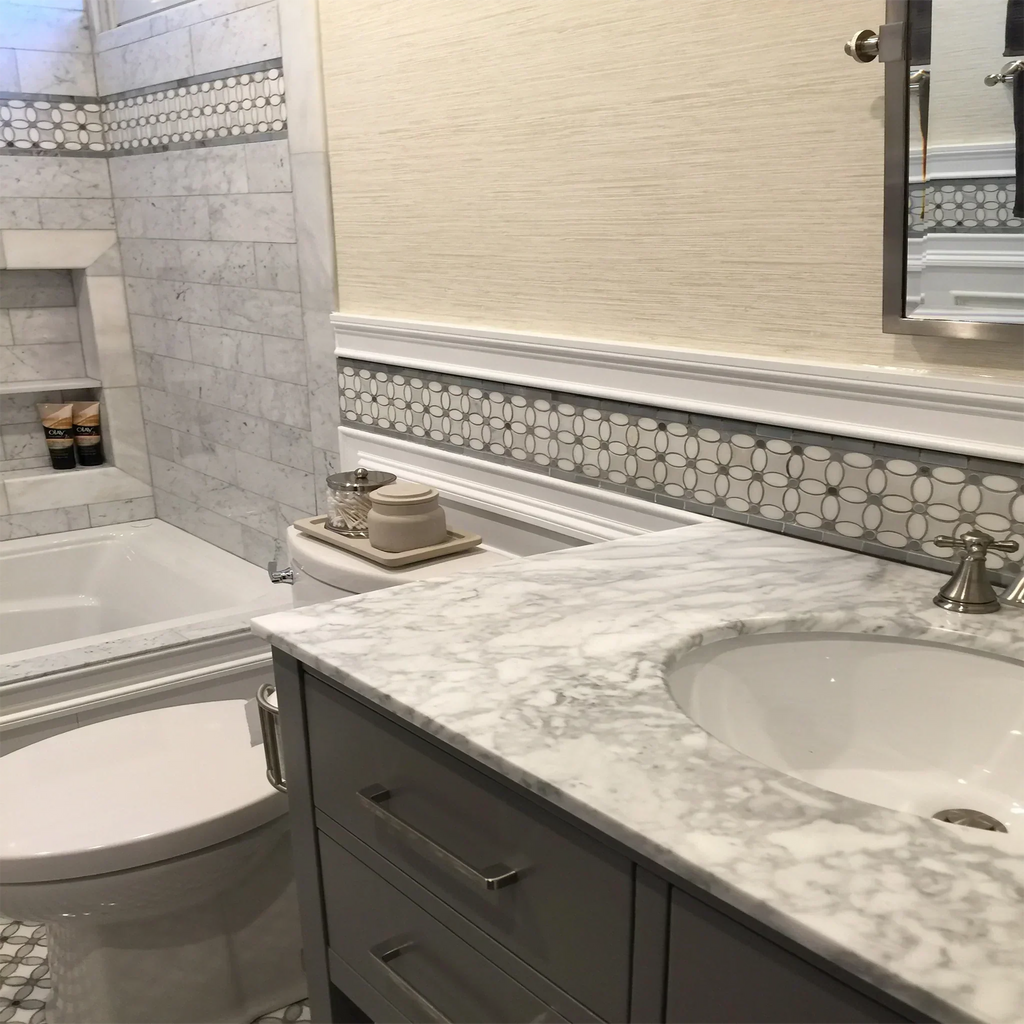 Shop By Finish
Shop By Finish
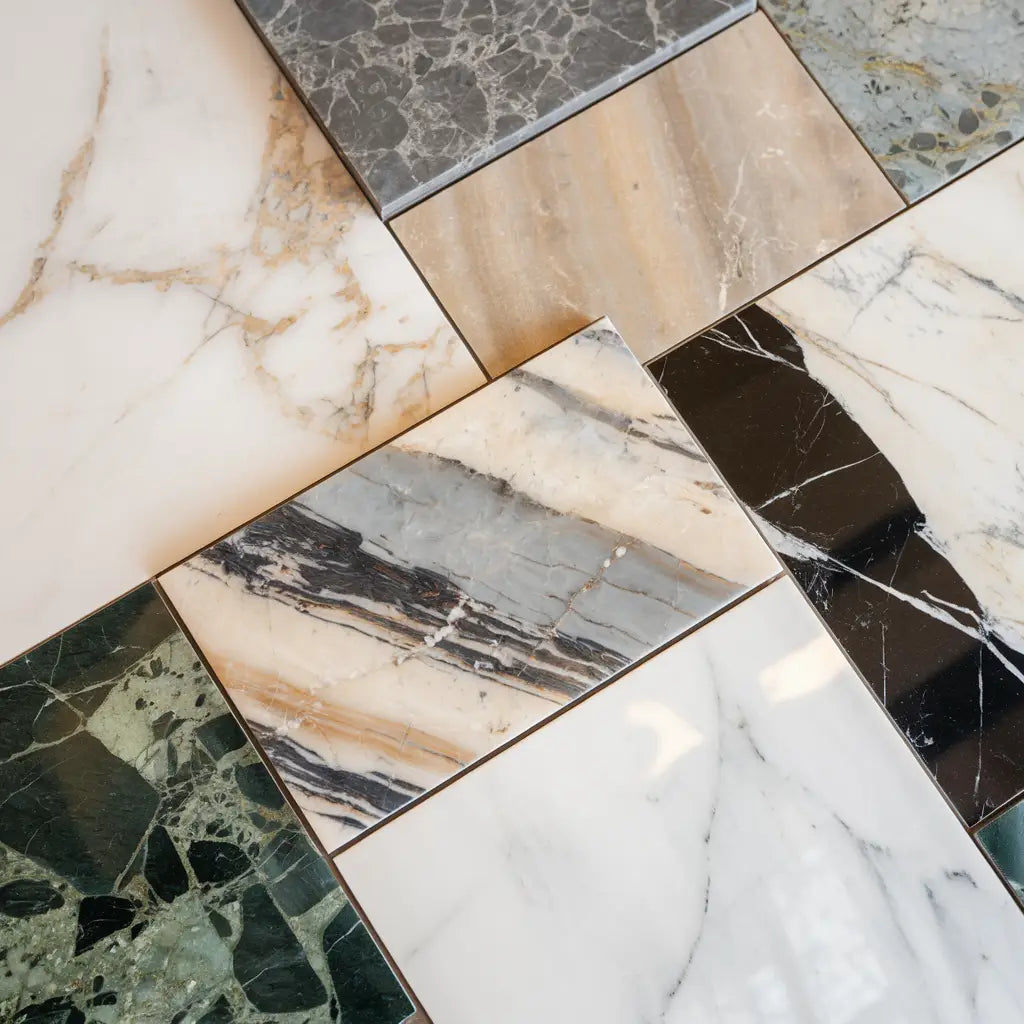 Polished
Polished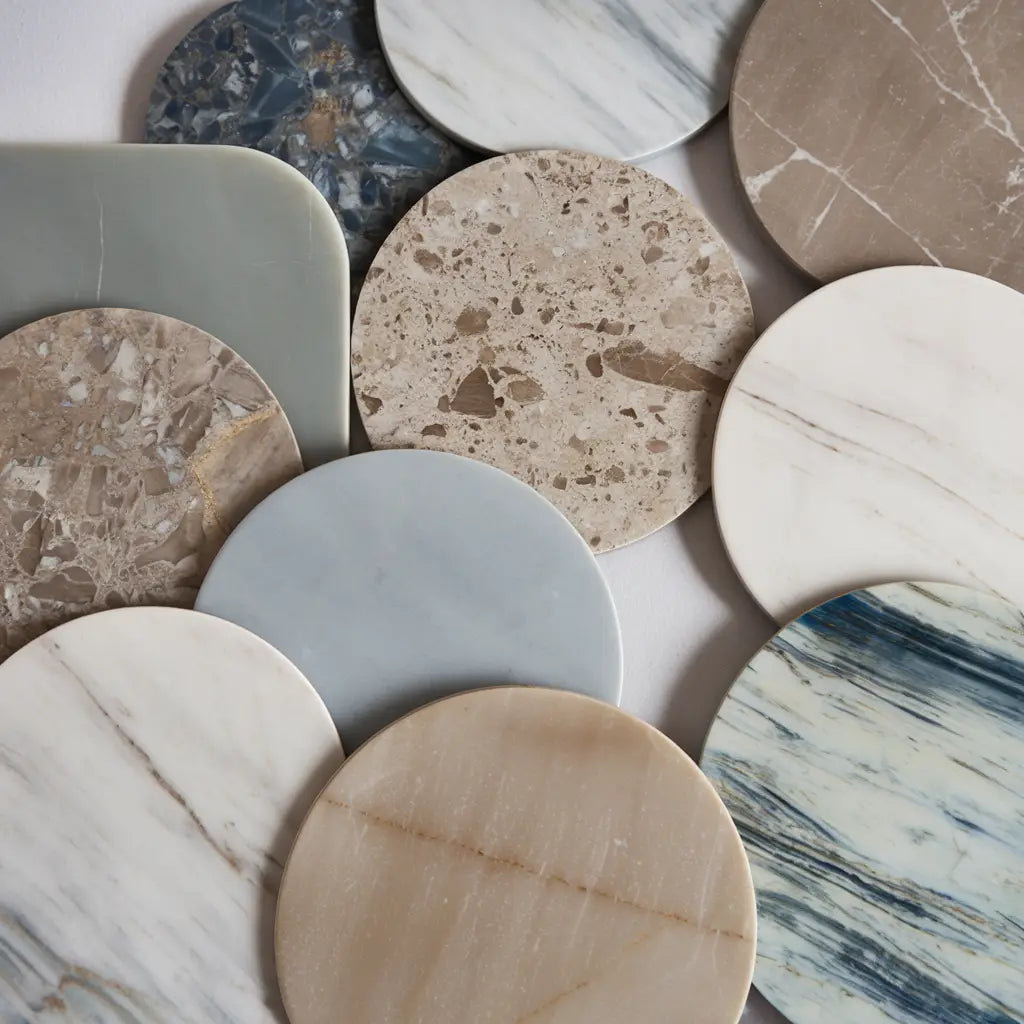 Honed
Honed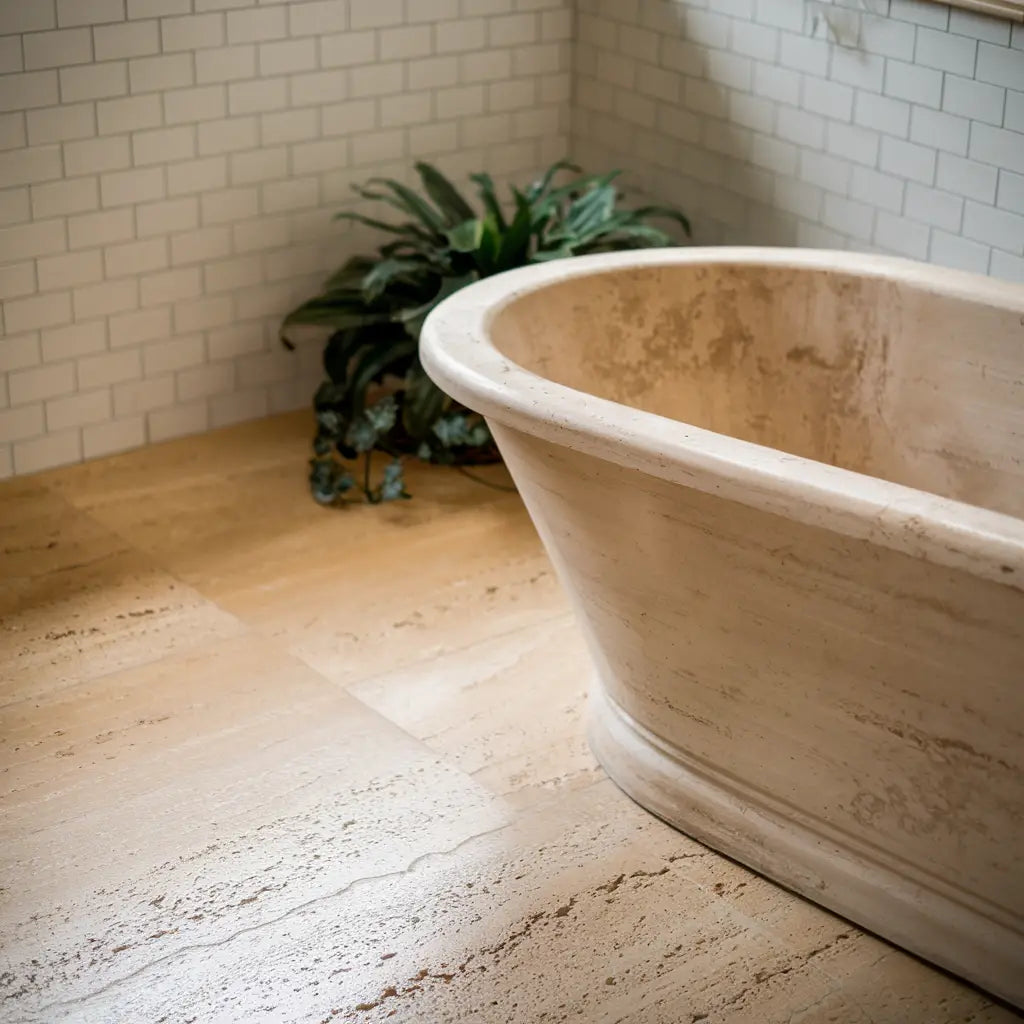 Brushed
Brushed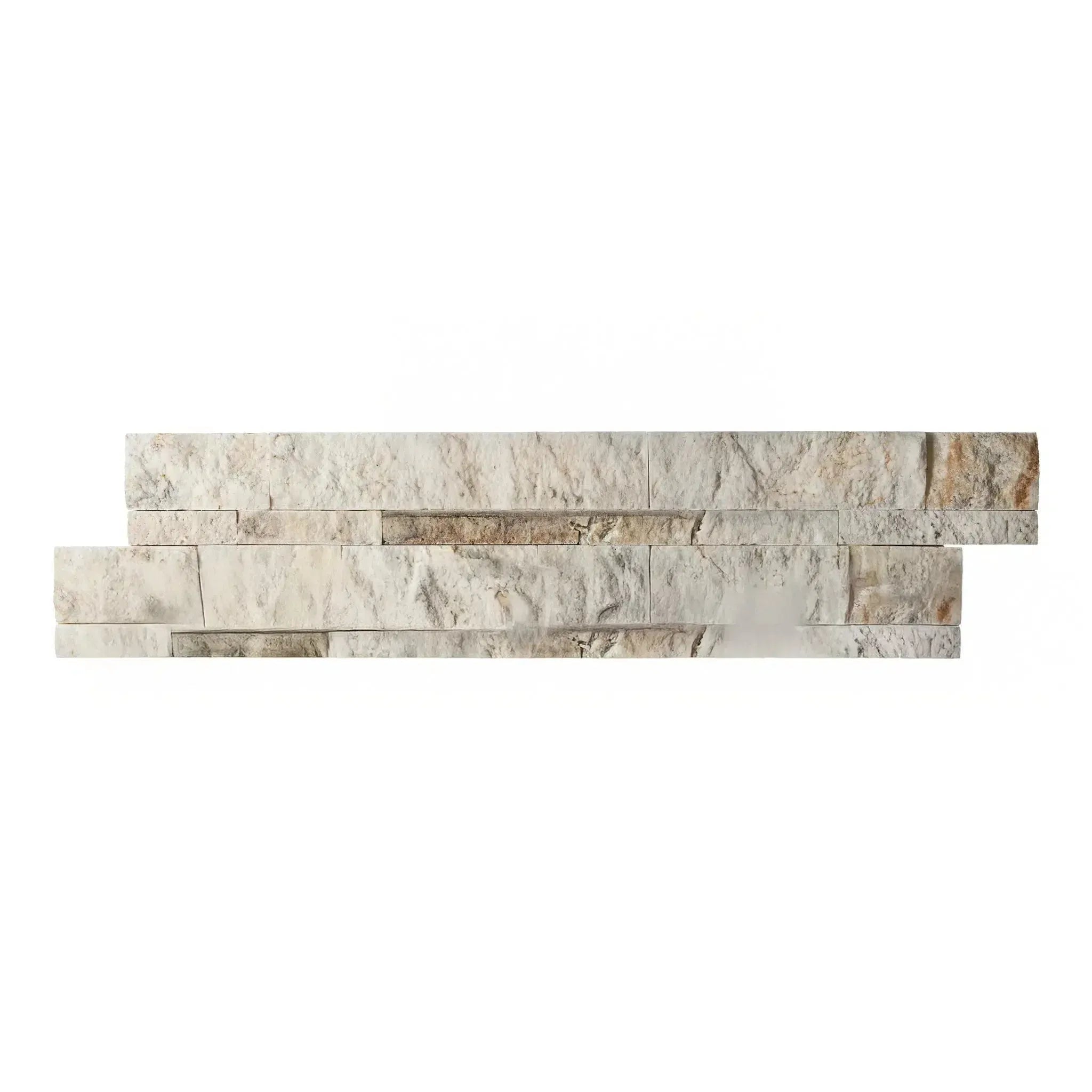 Split Face
Split Face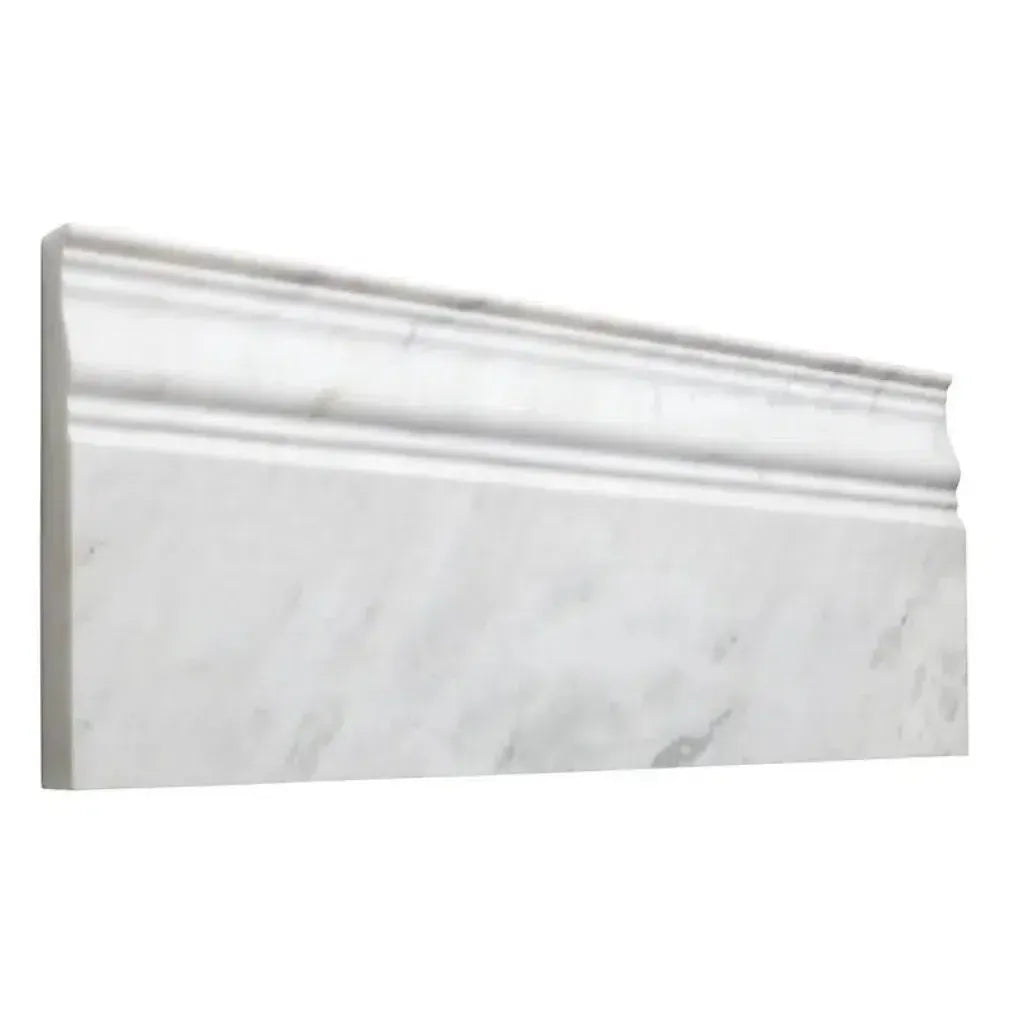 Textured
Textured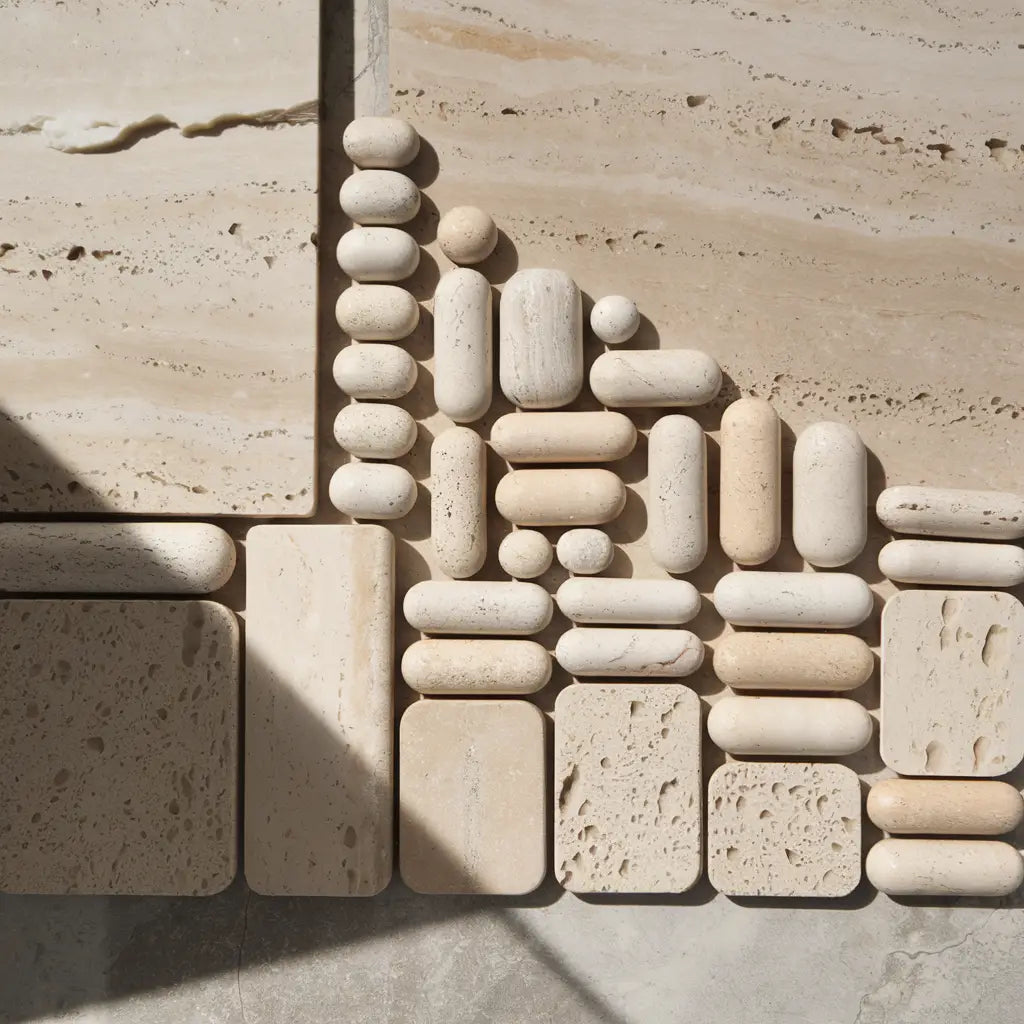 Tumbled
Tumbled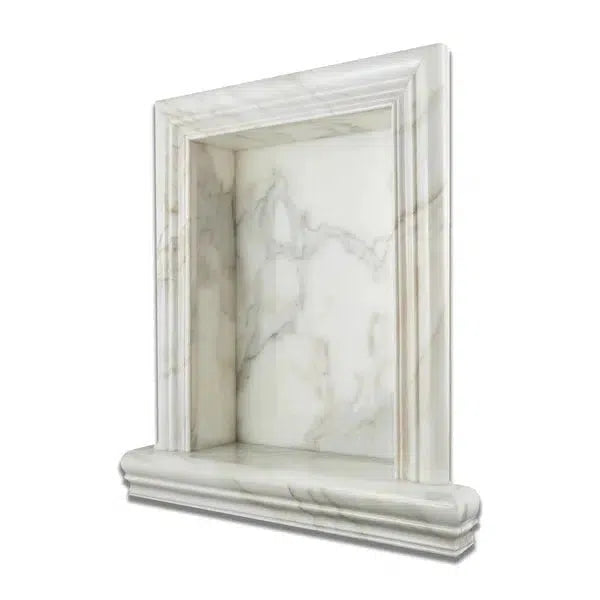 Accessories
Accessories
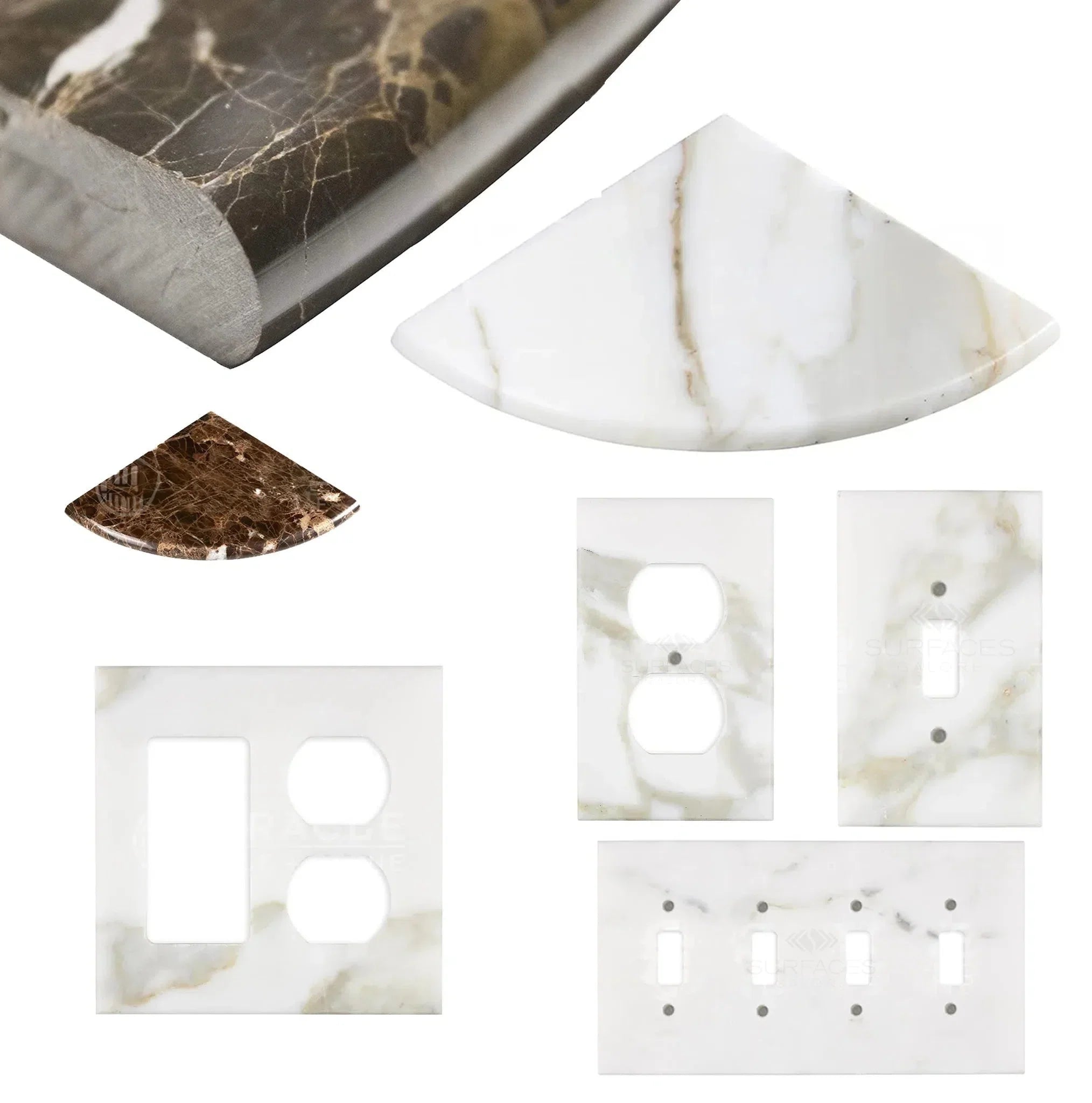 Wall Plate / Switch Plate
Wall Plate / Switch Plate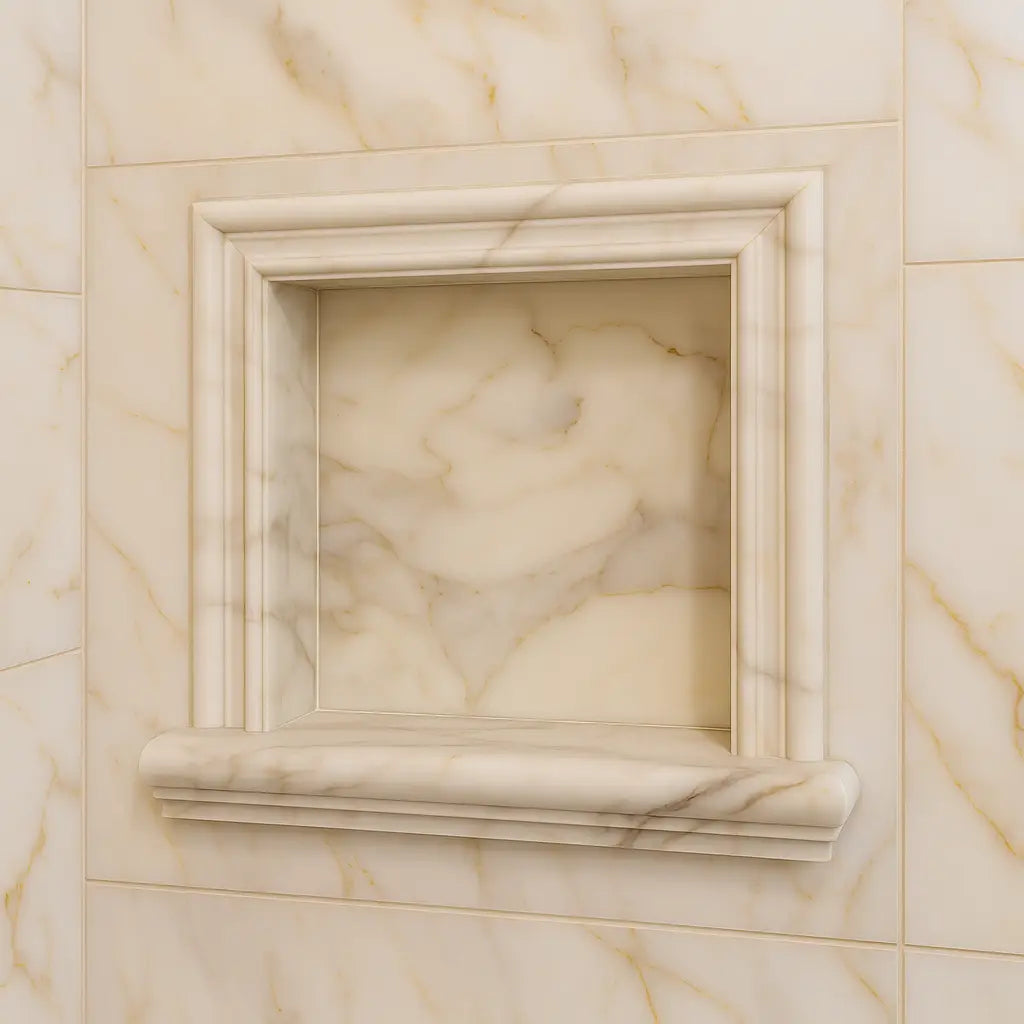 Shampoo Niche
Shampoo Niche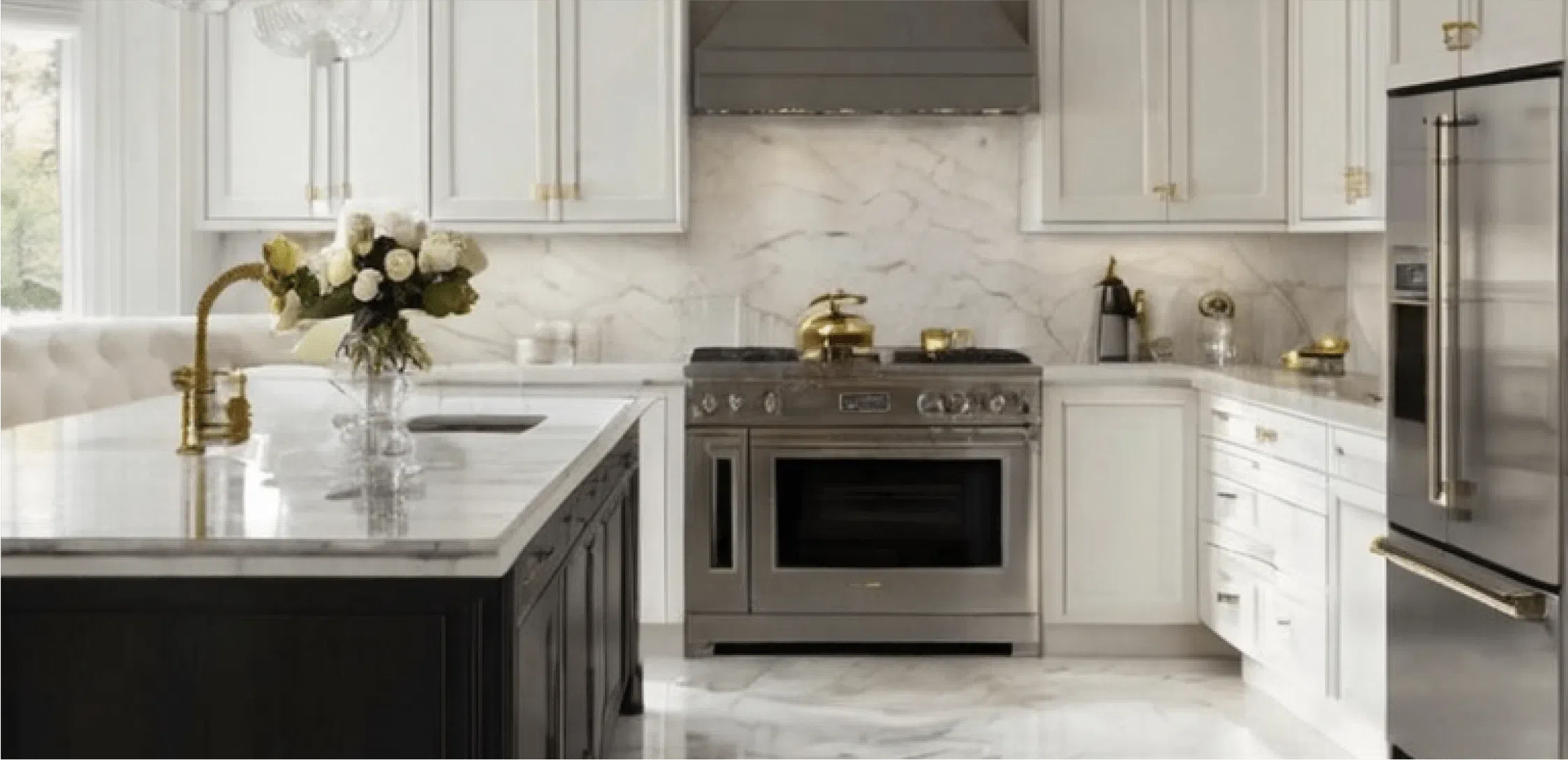 Corner Shelf
Corner Shelf Clearance
Clearance





Leave a comment